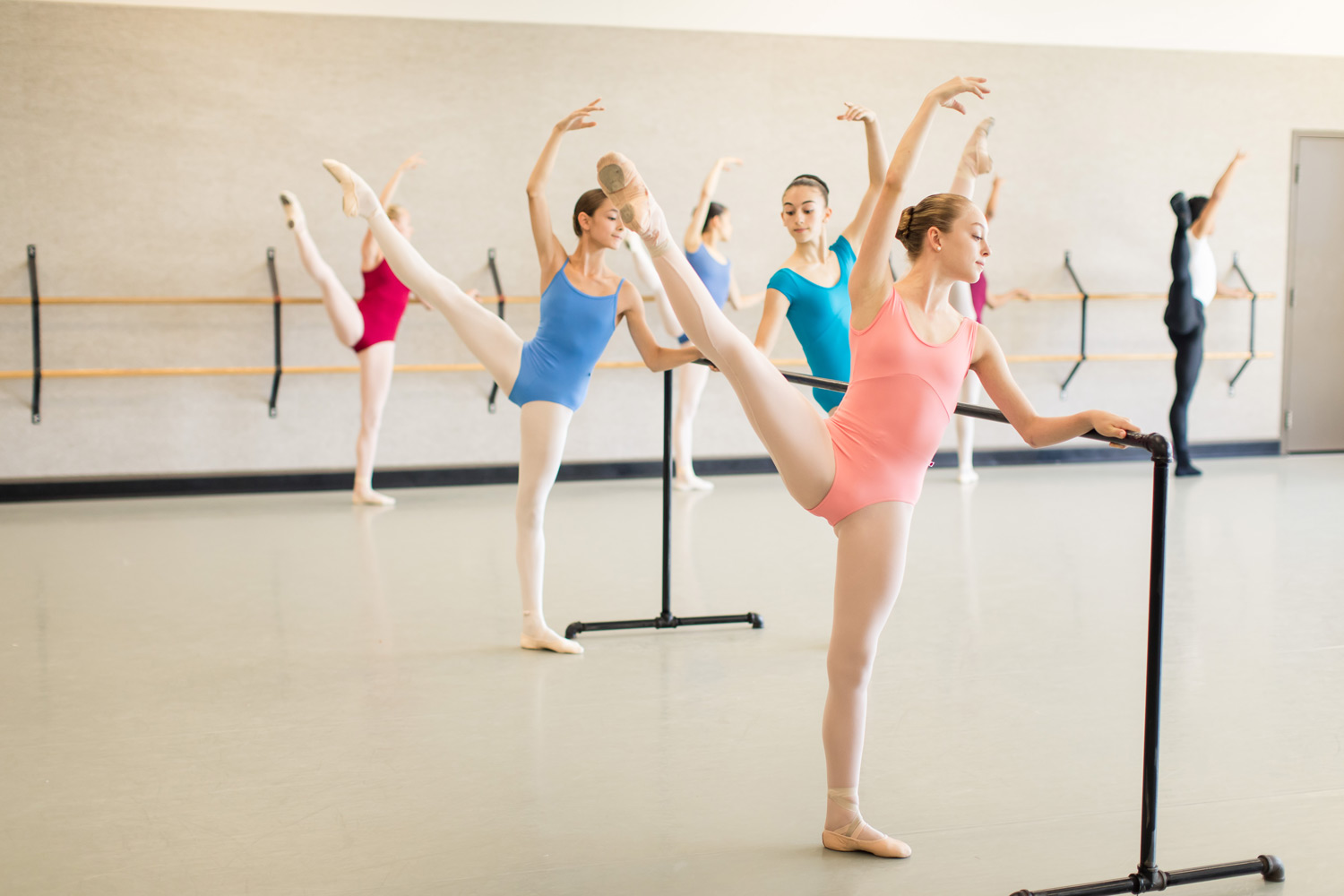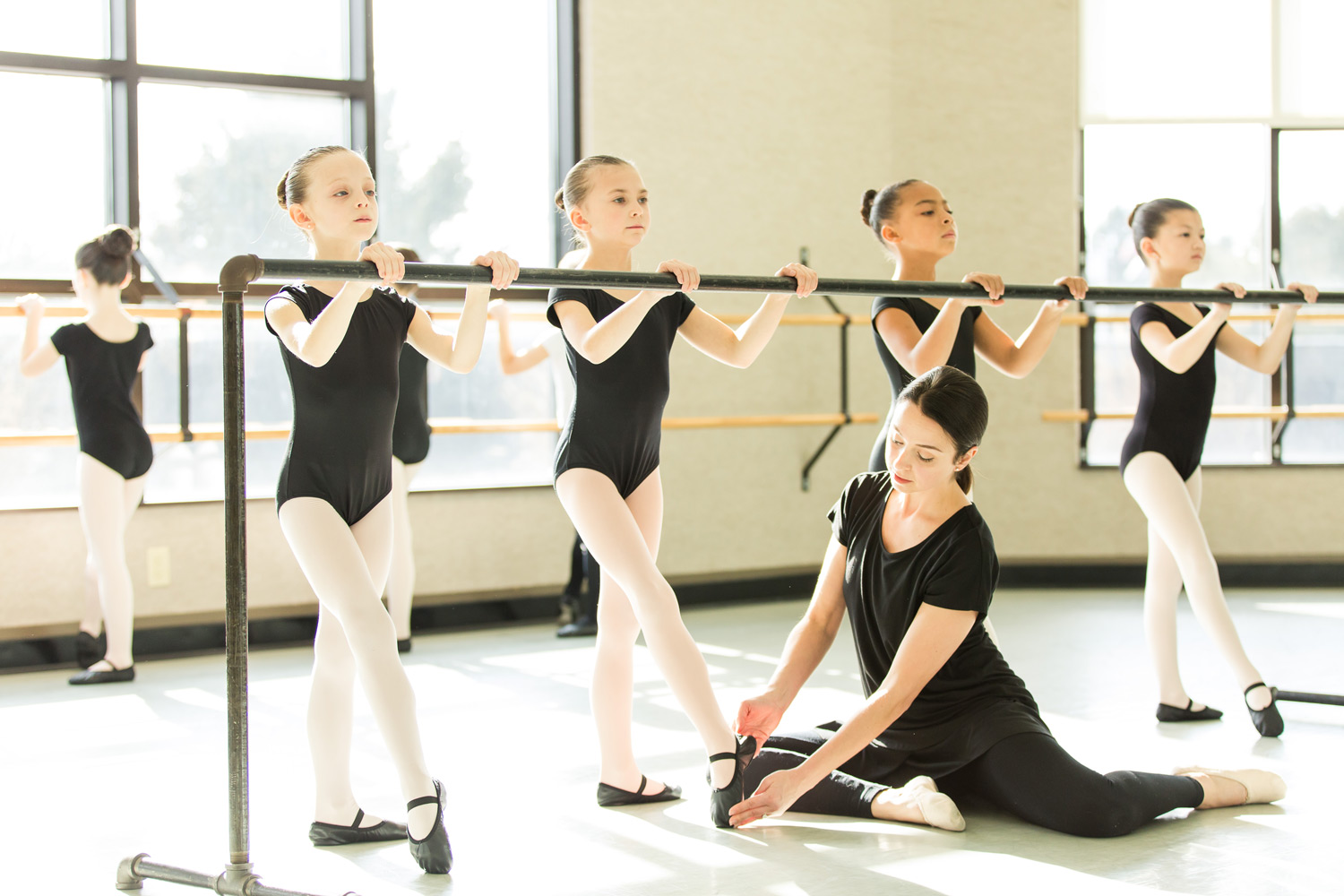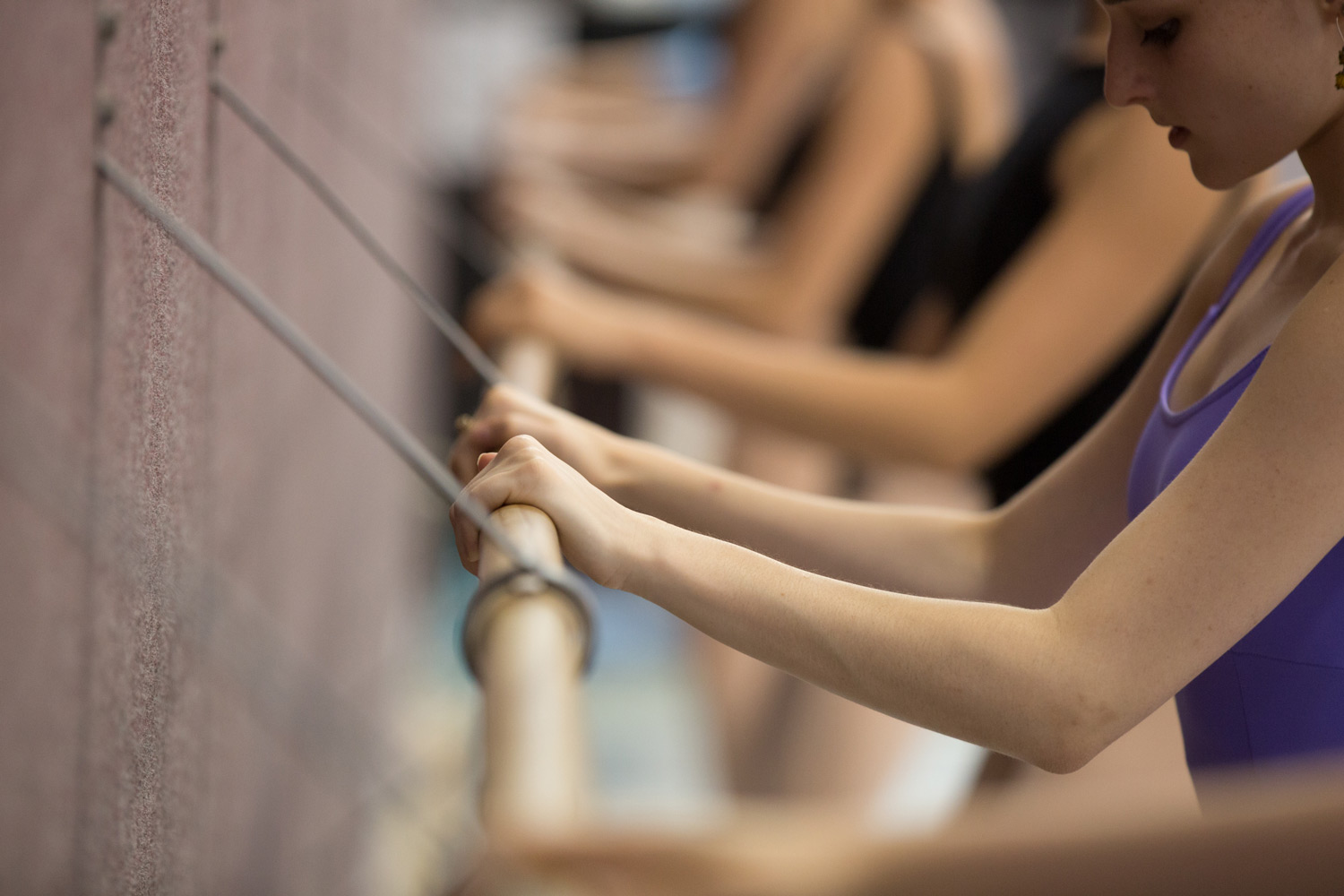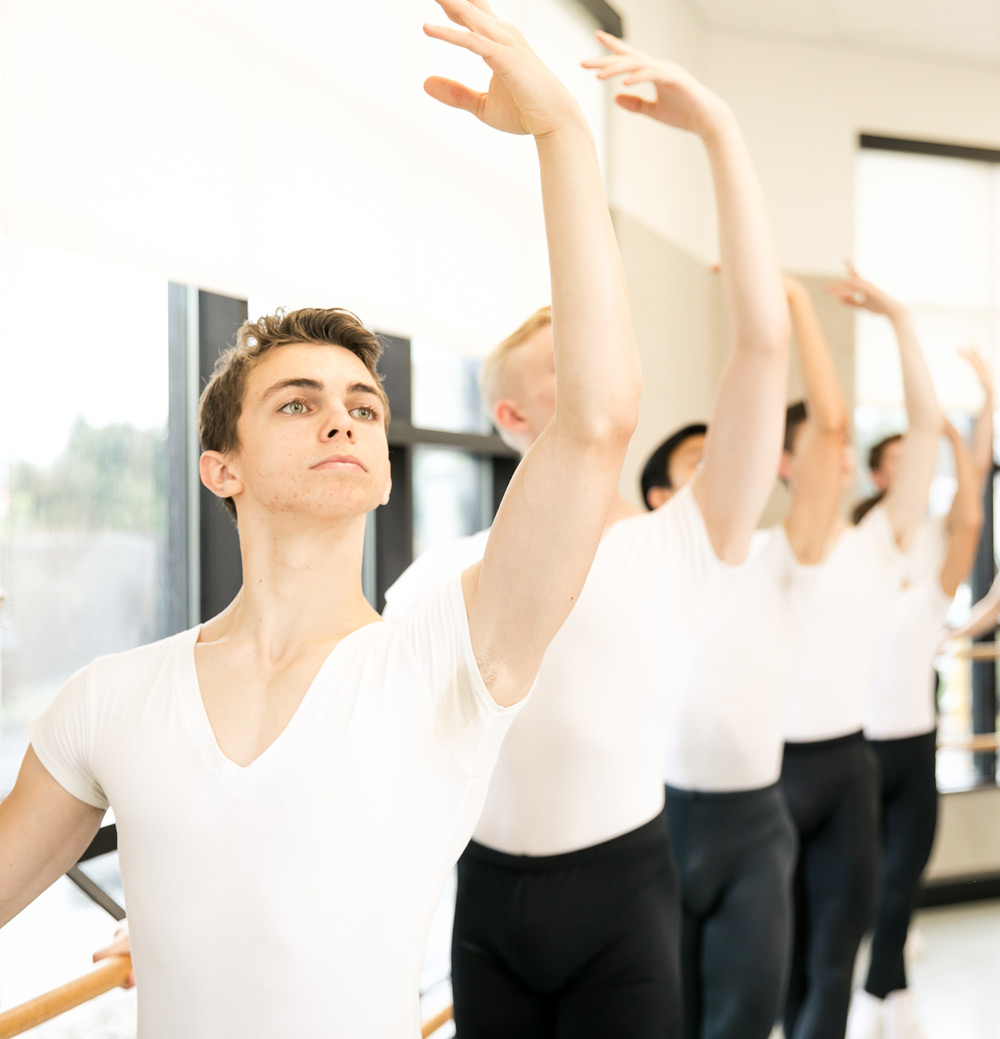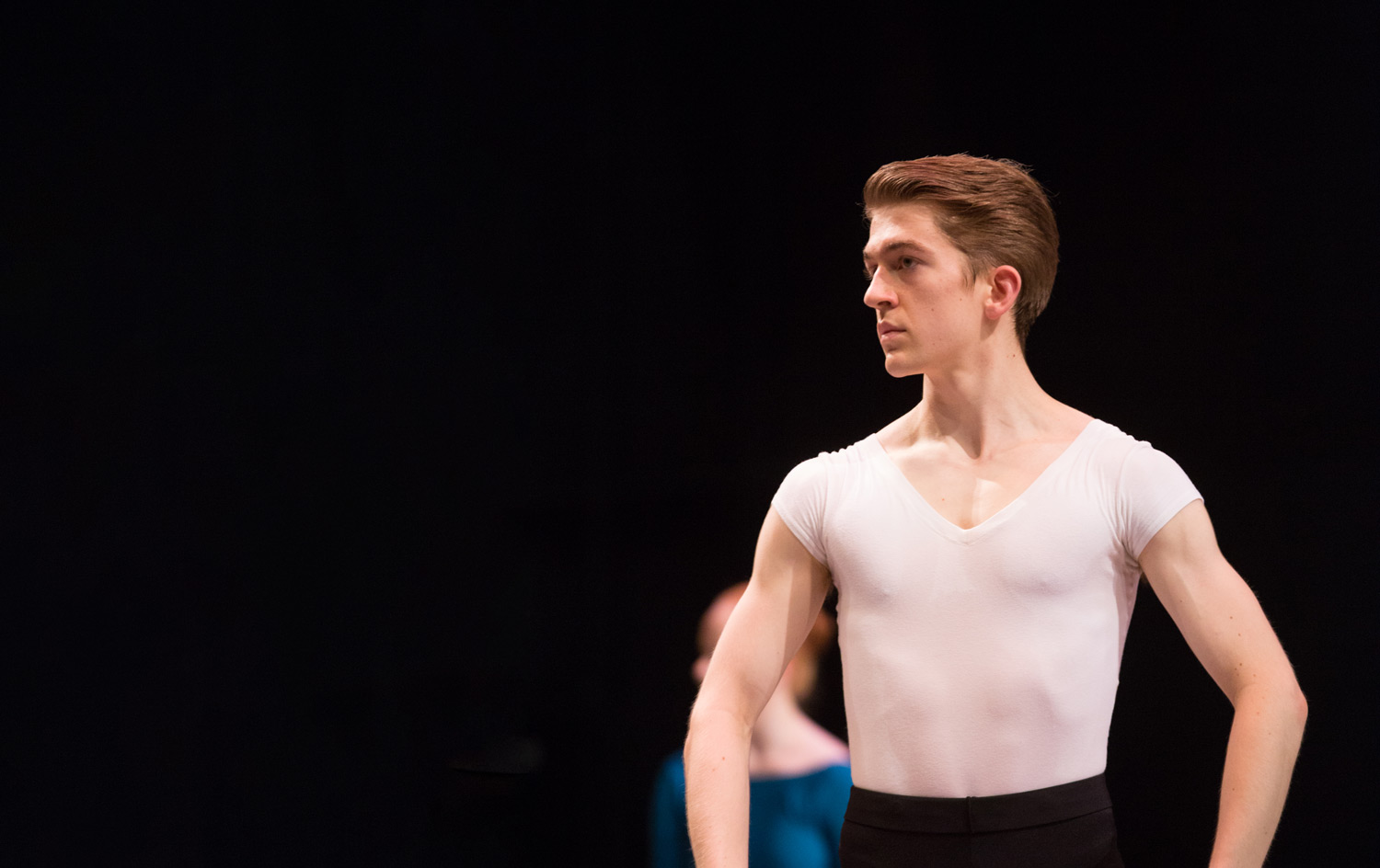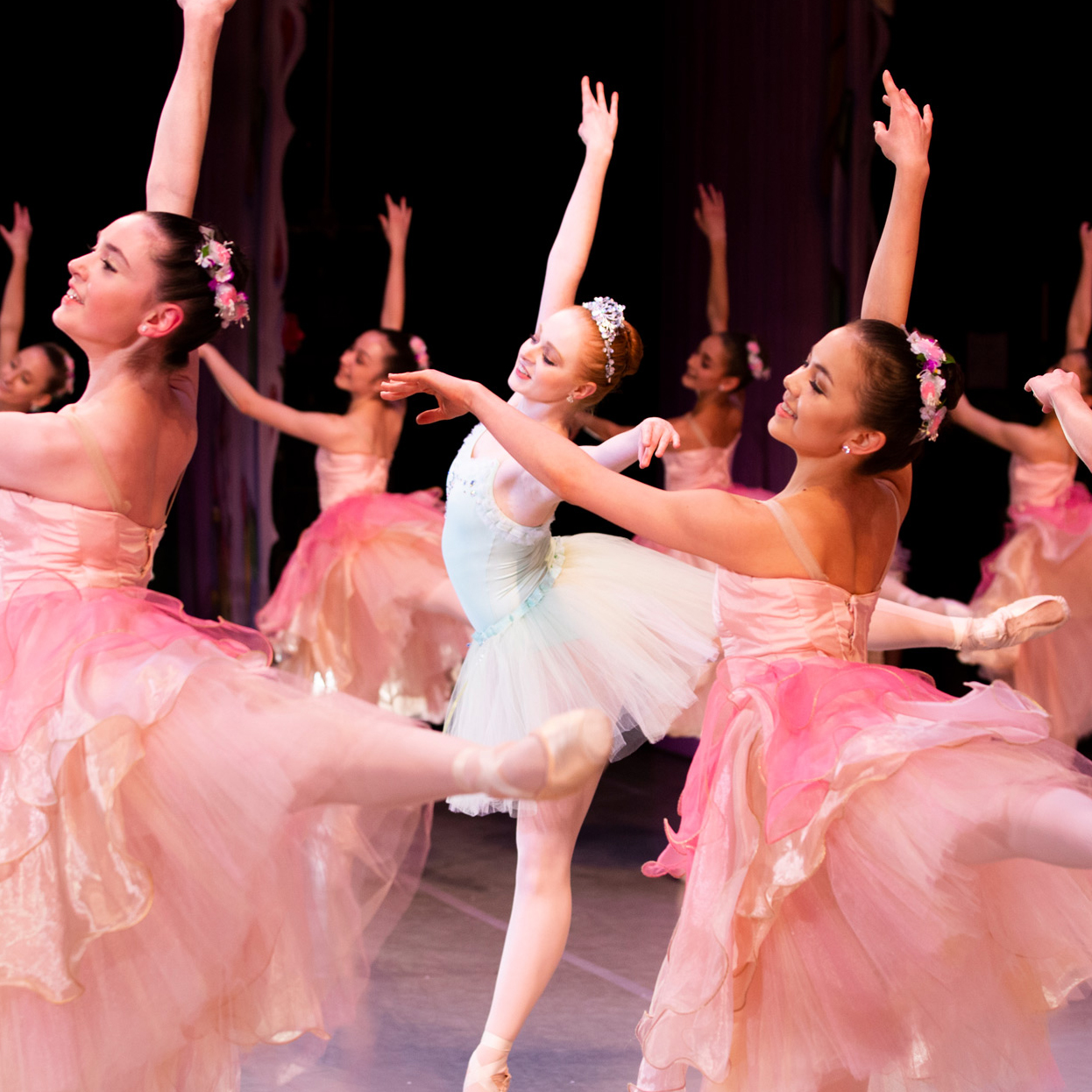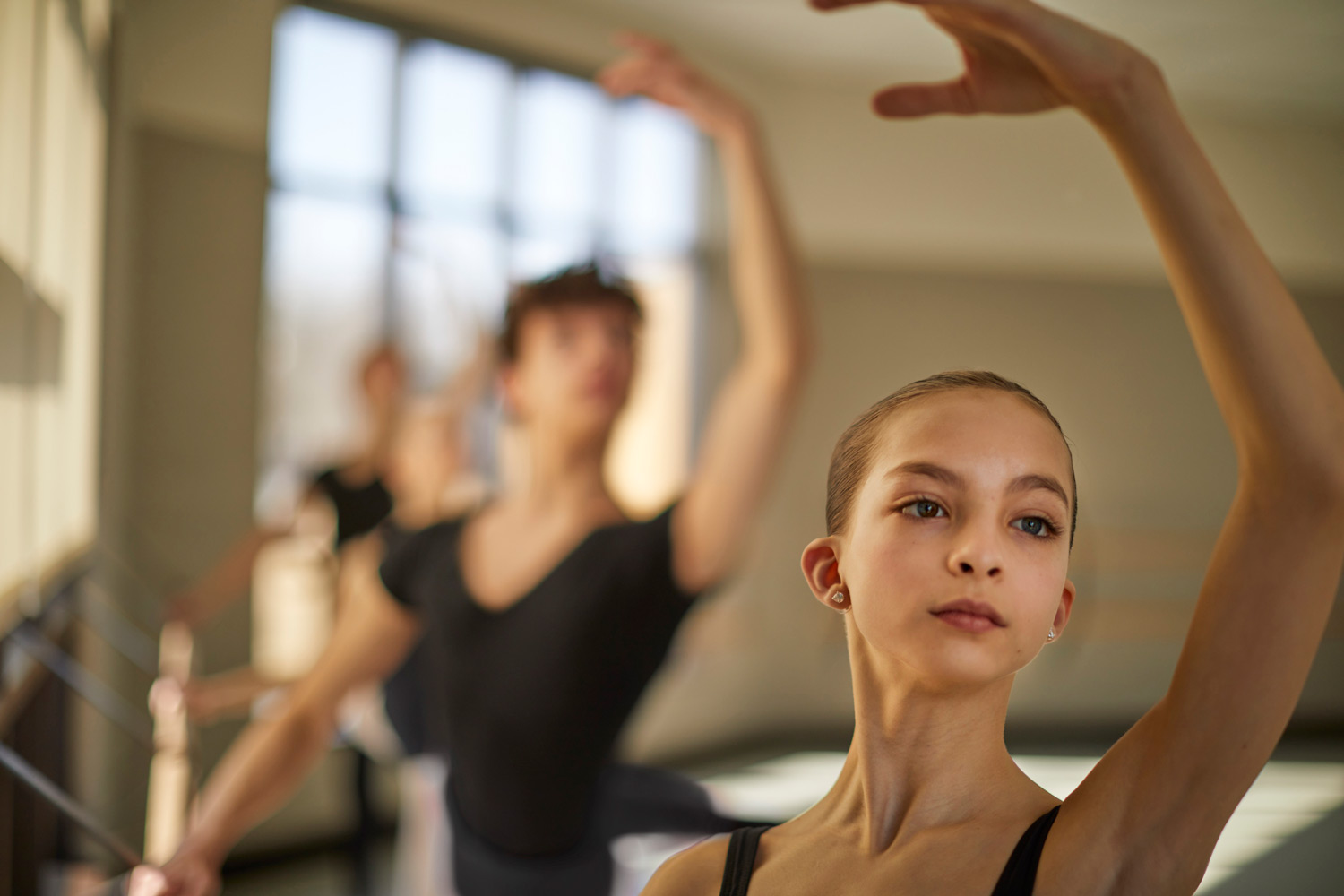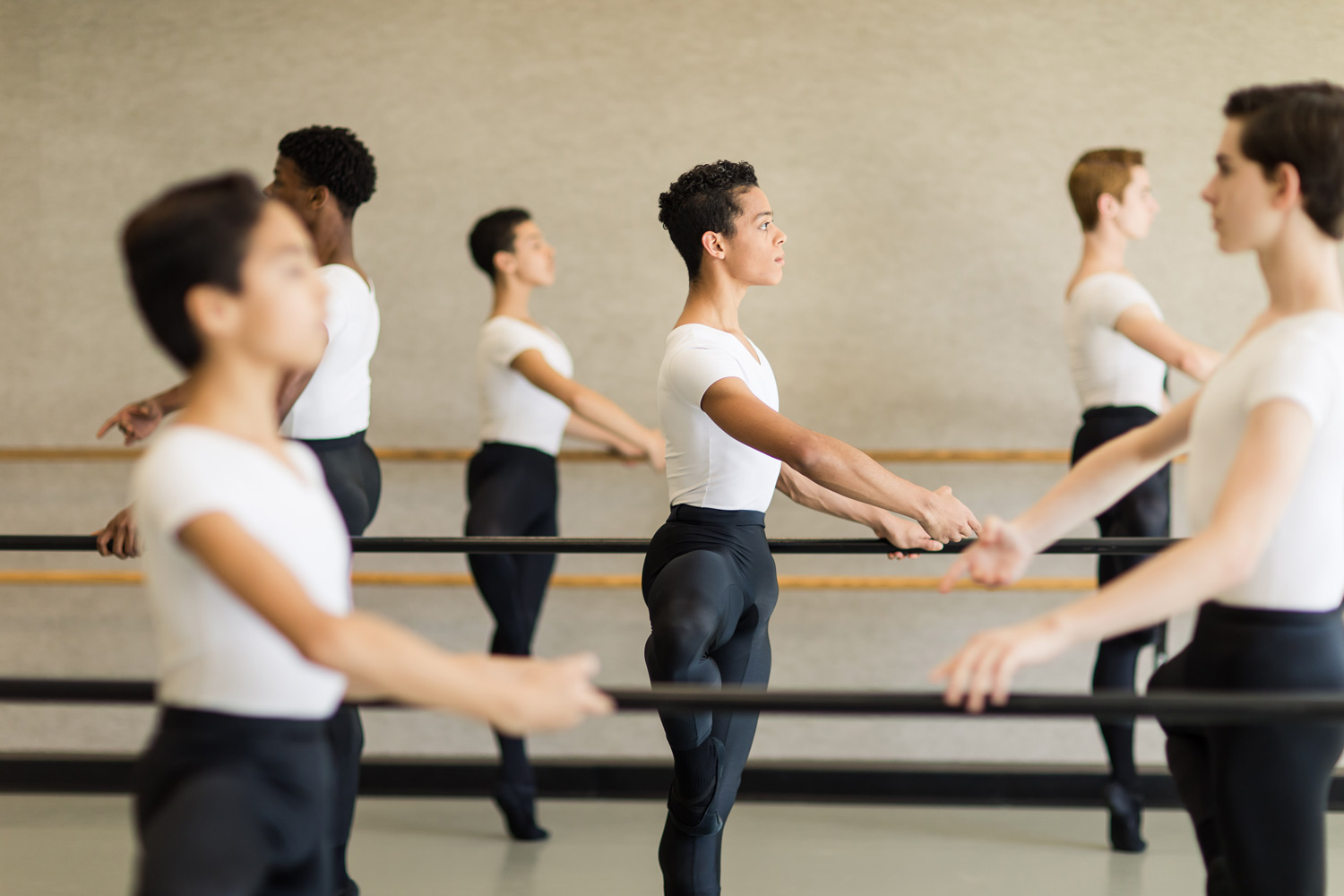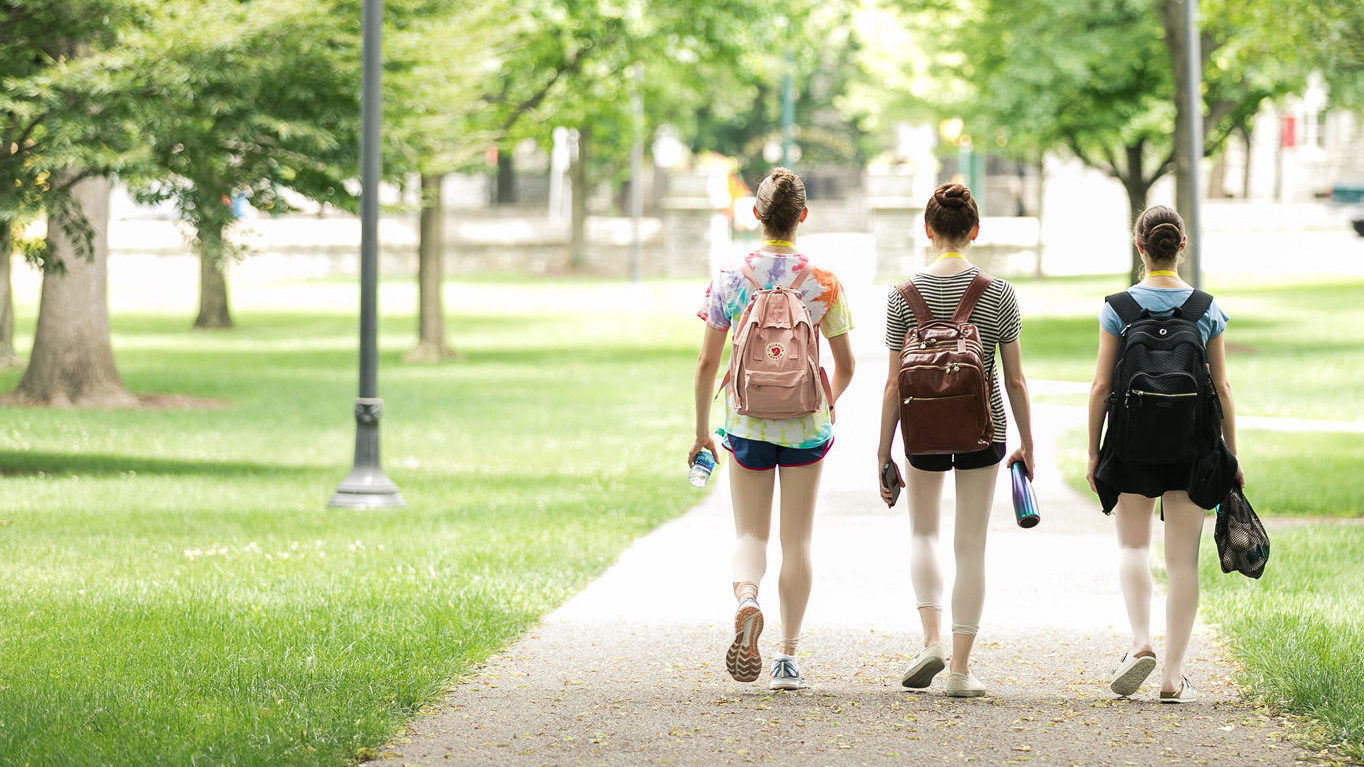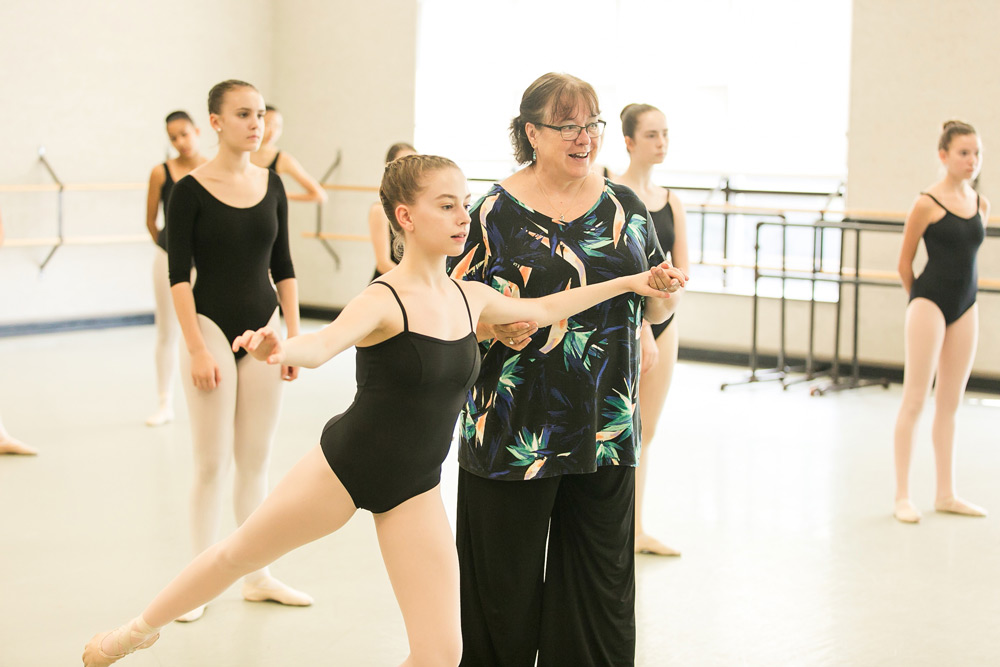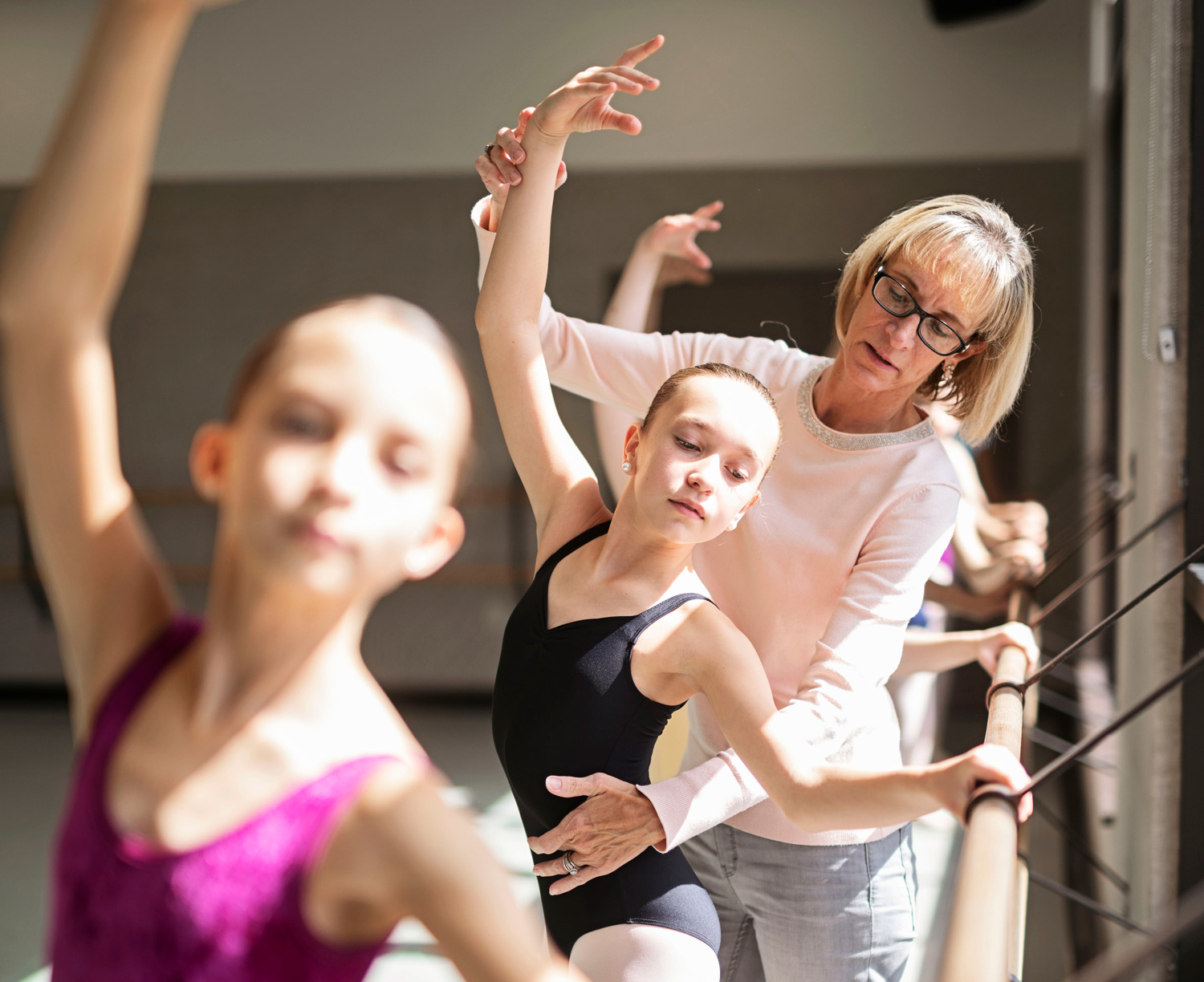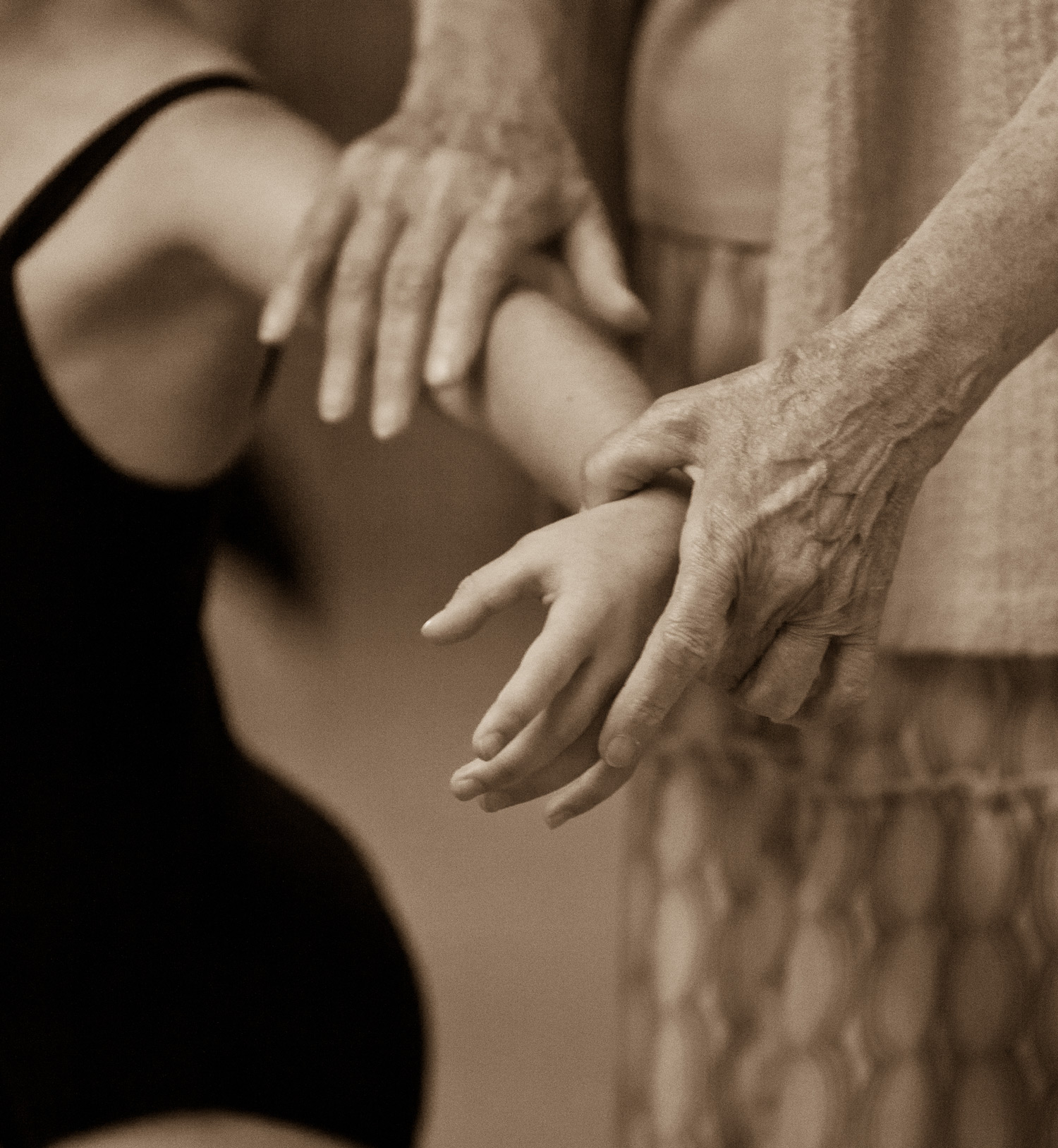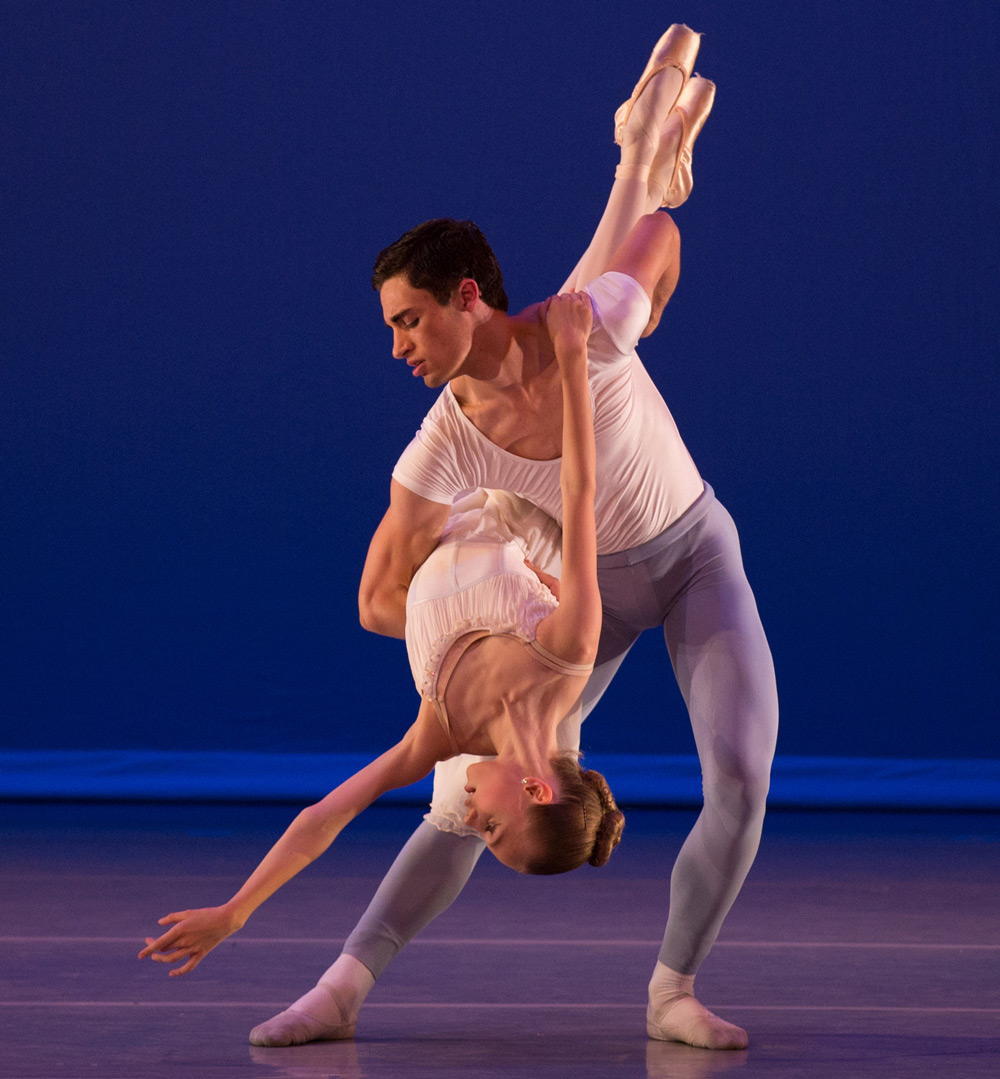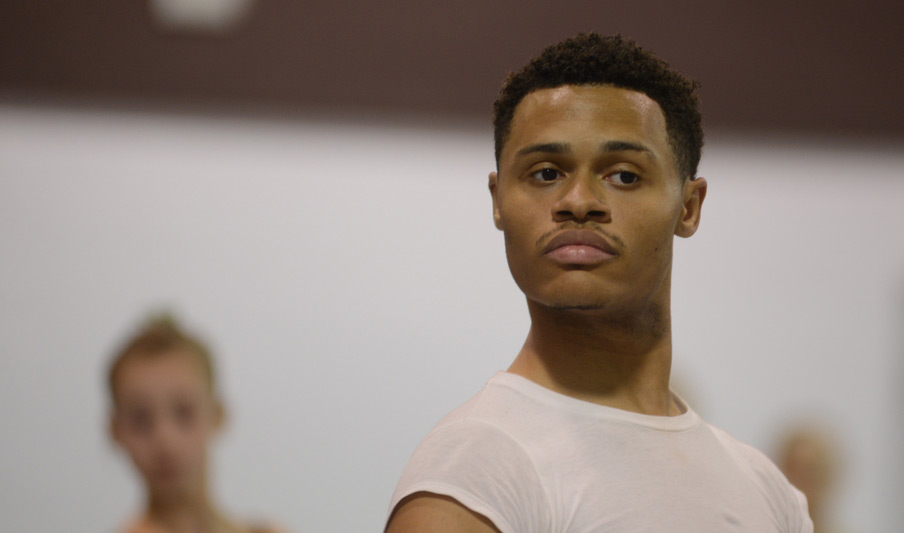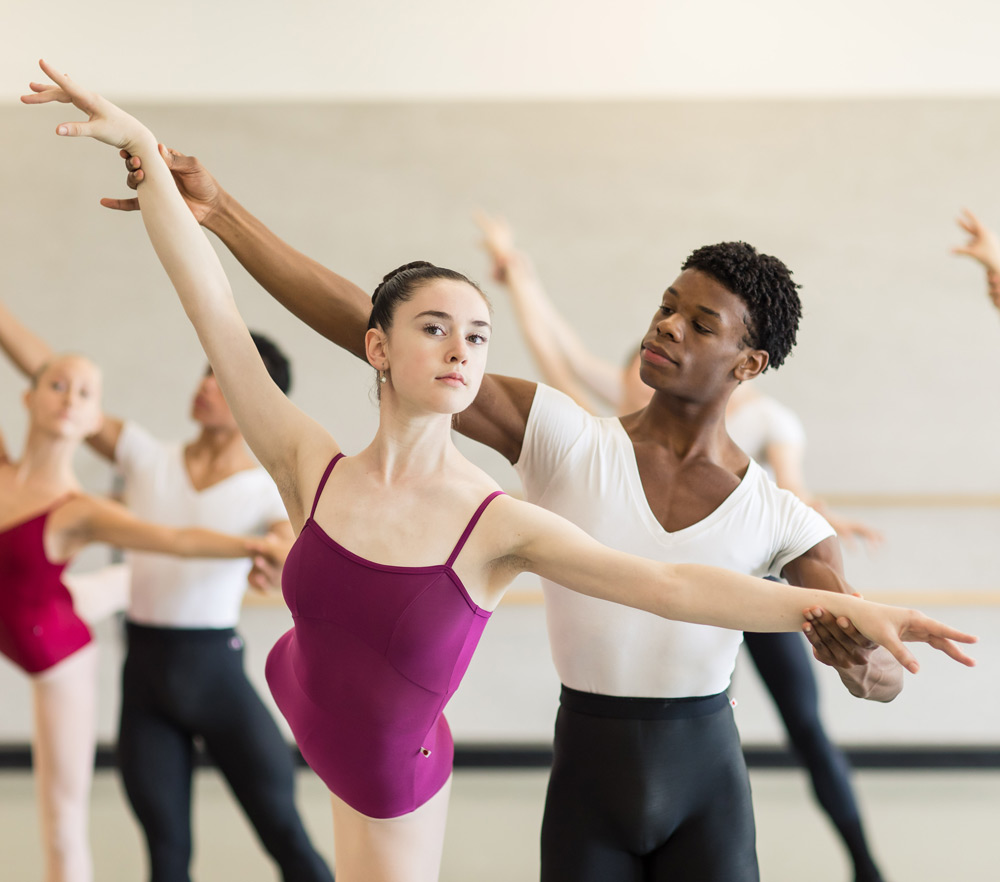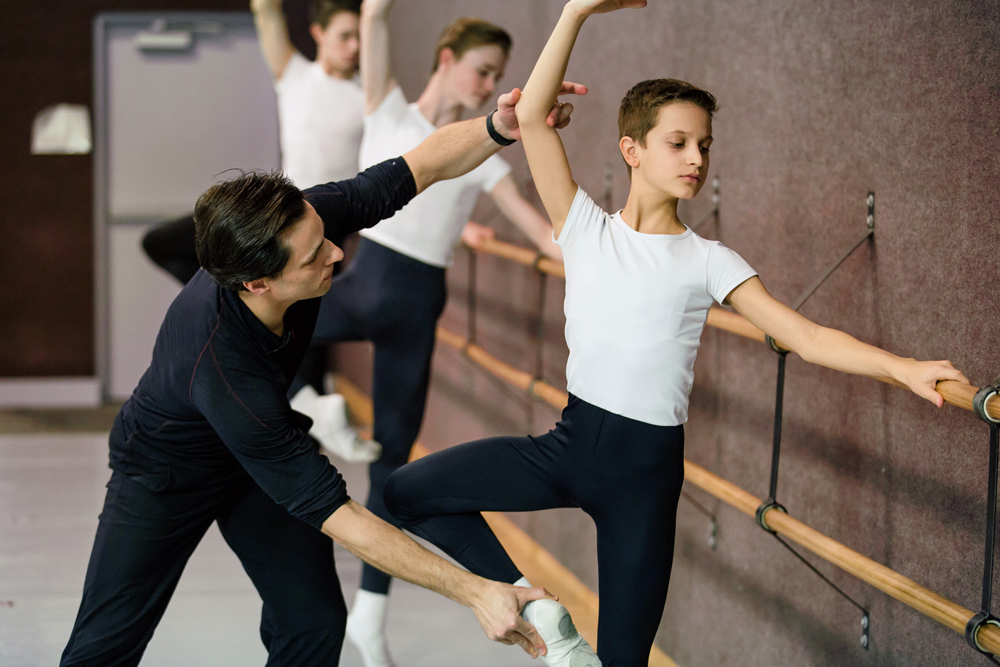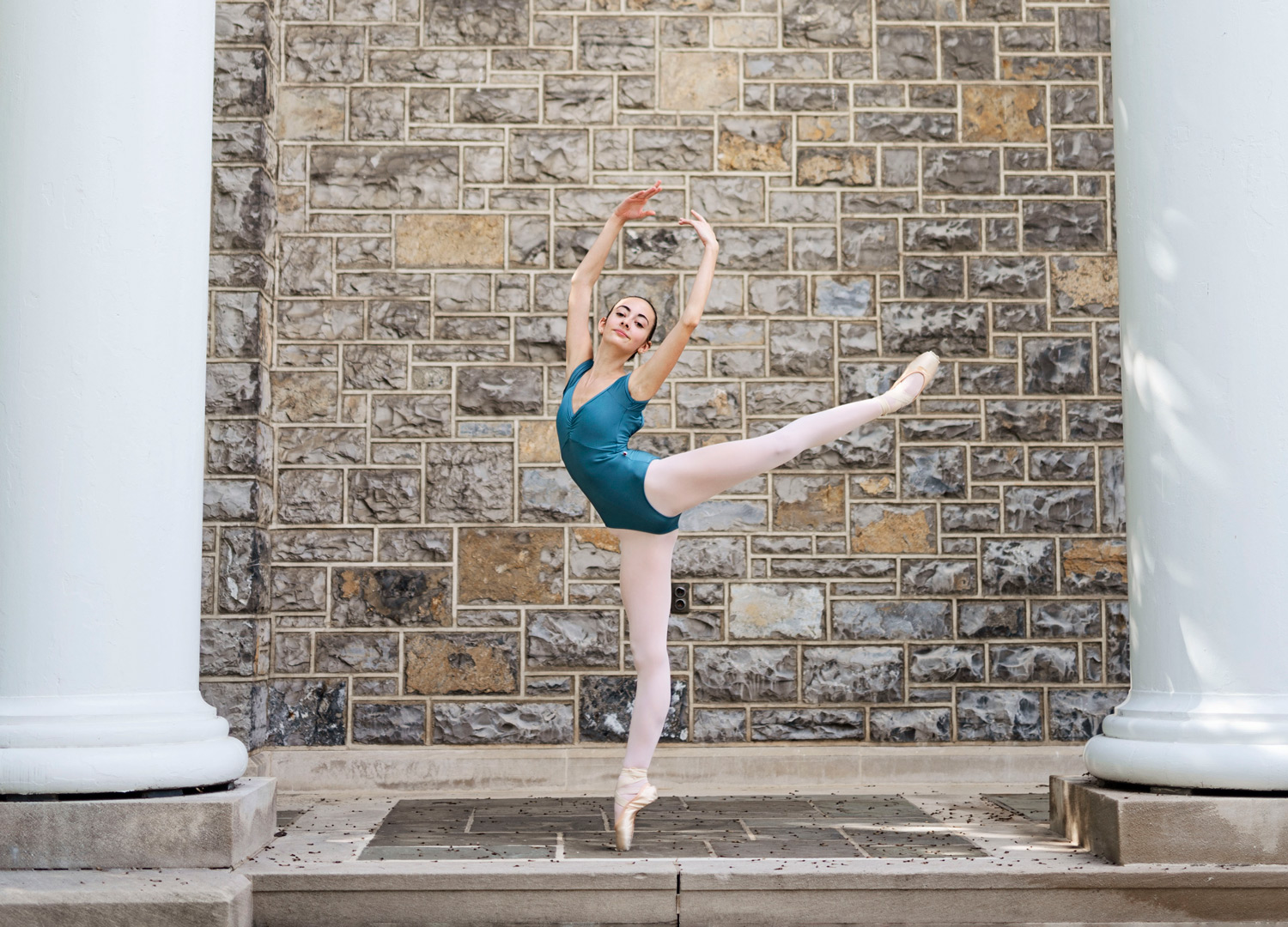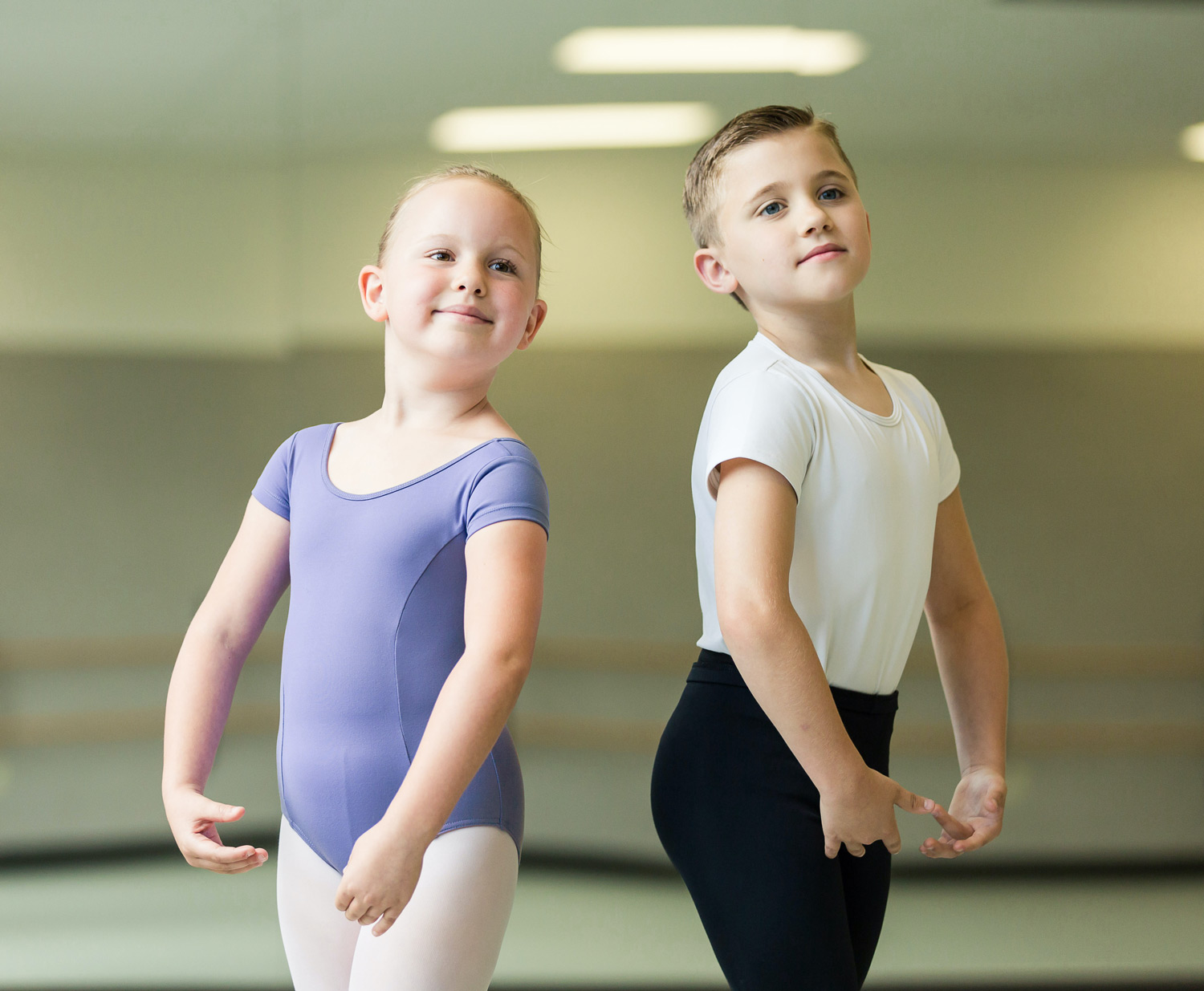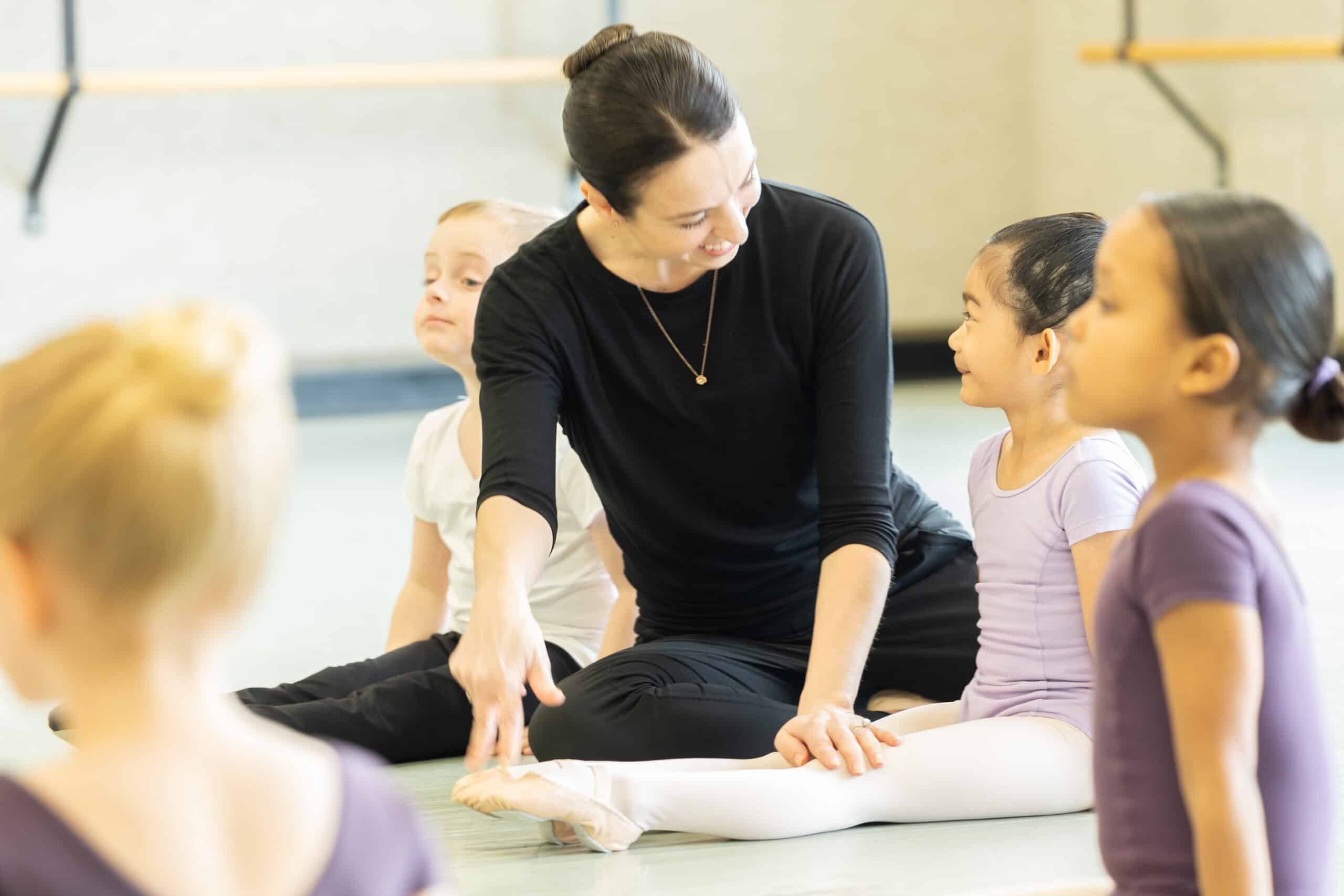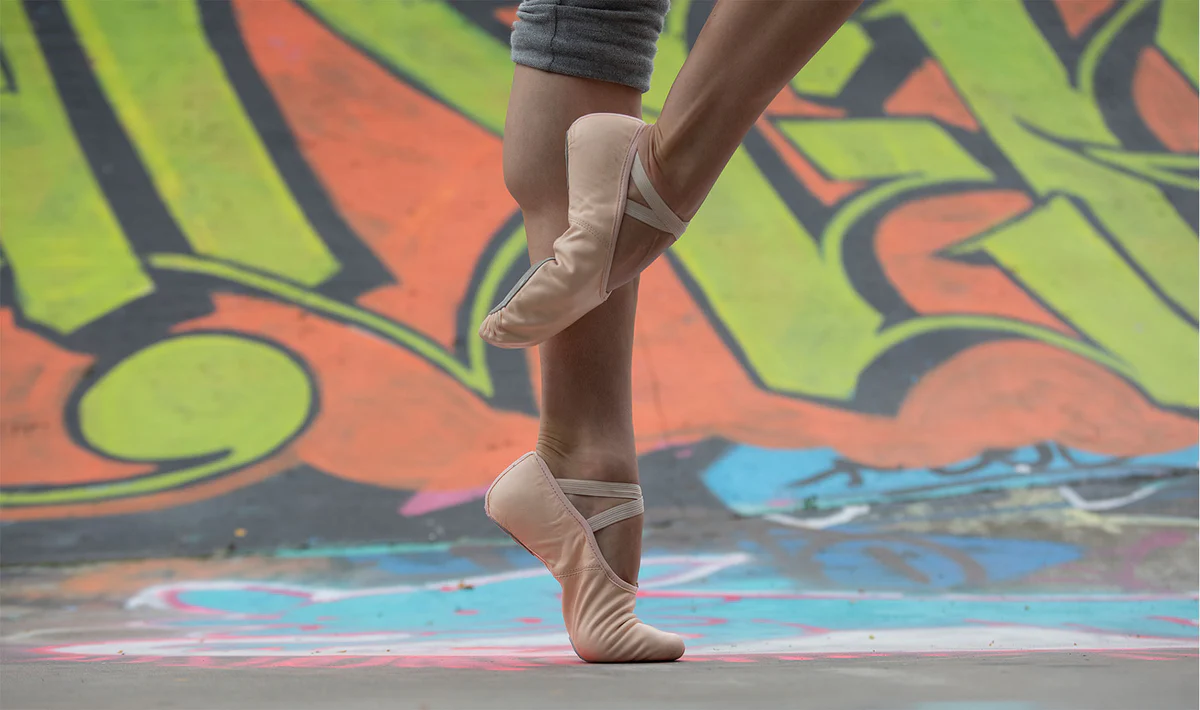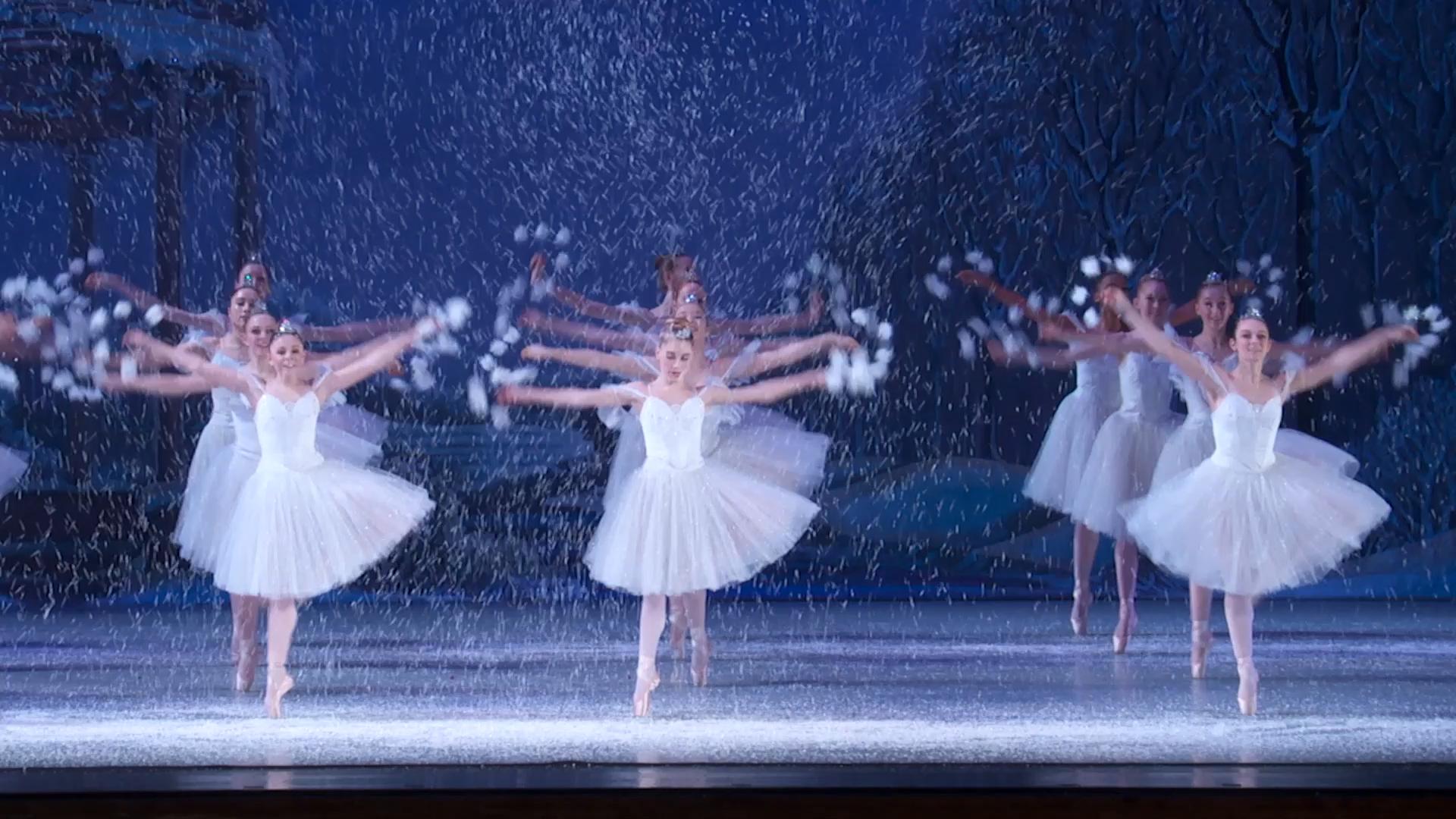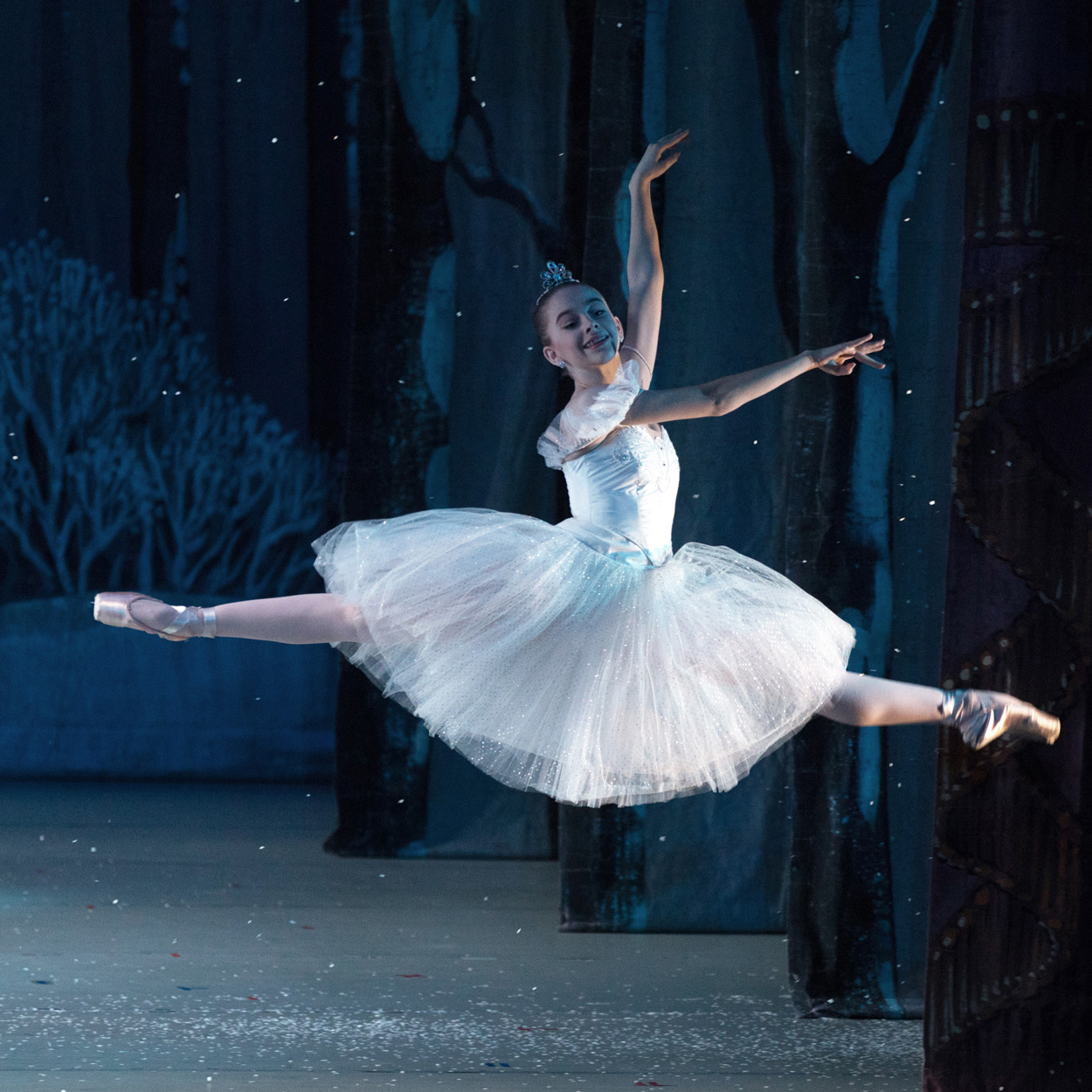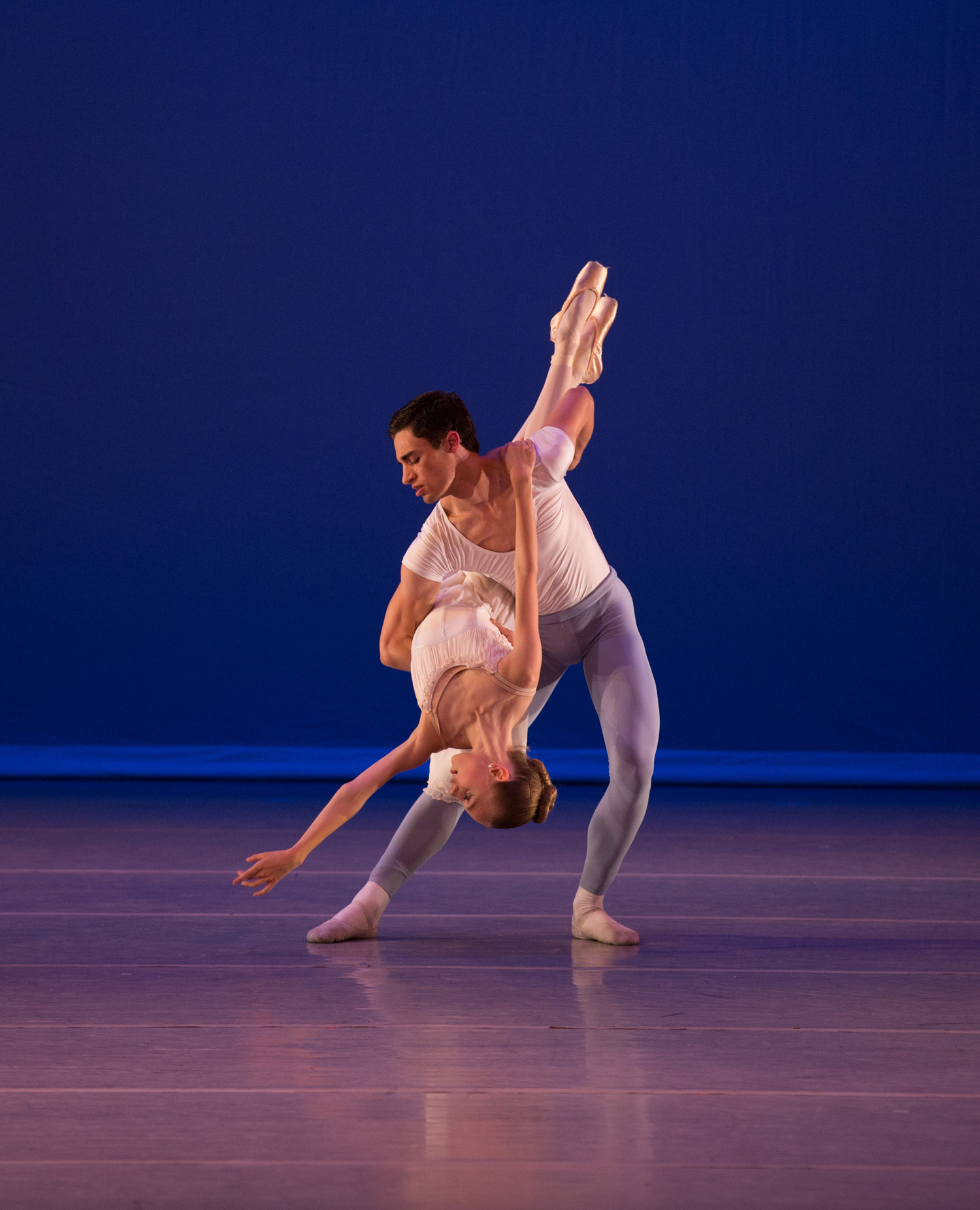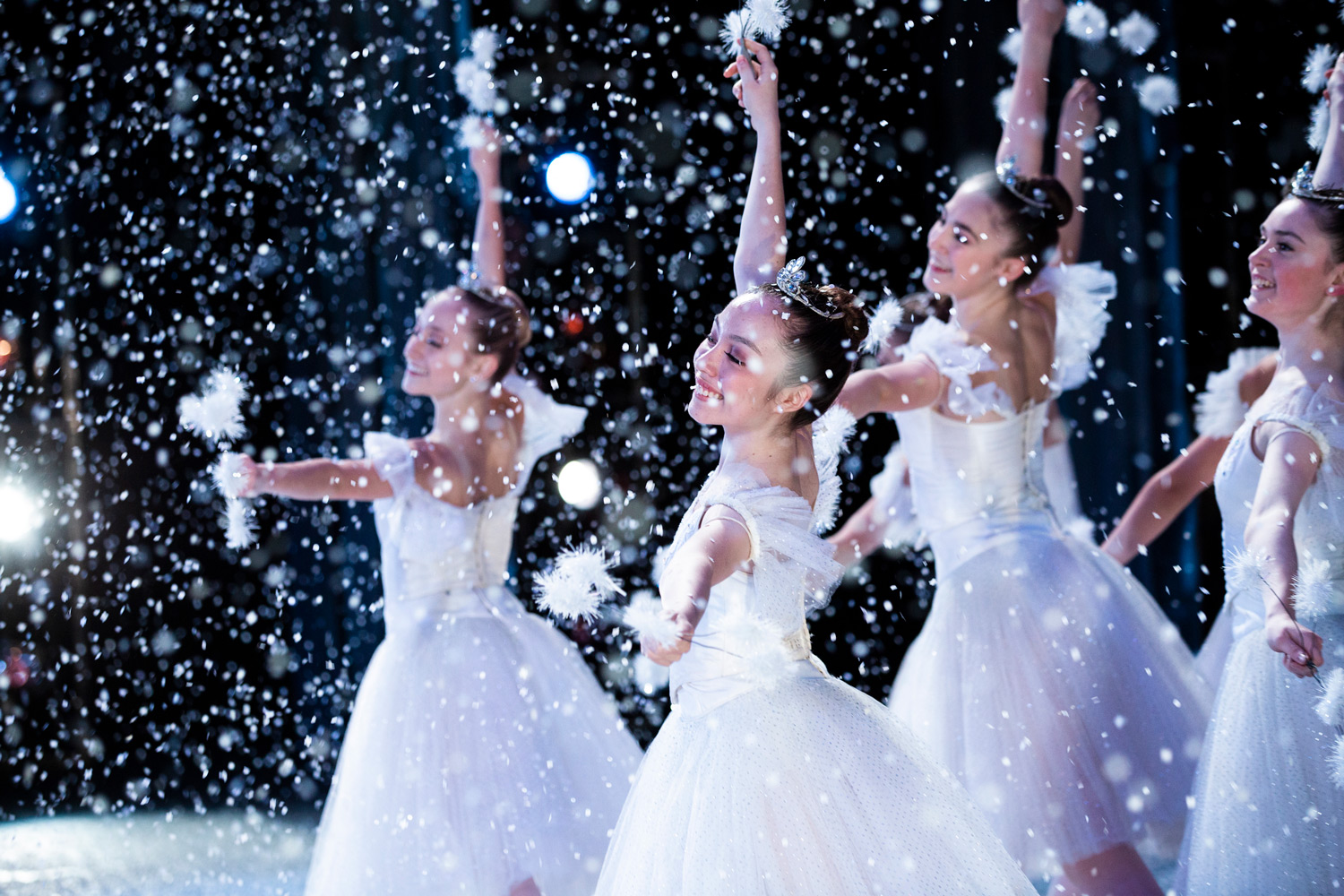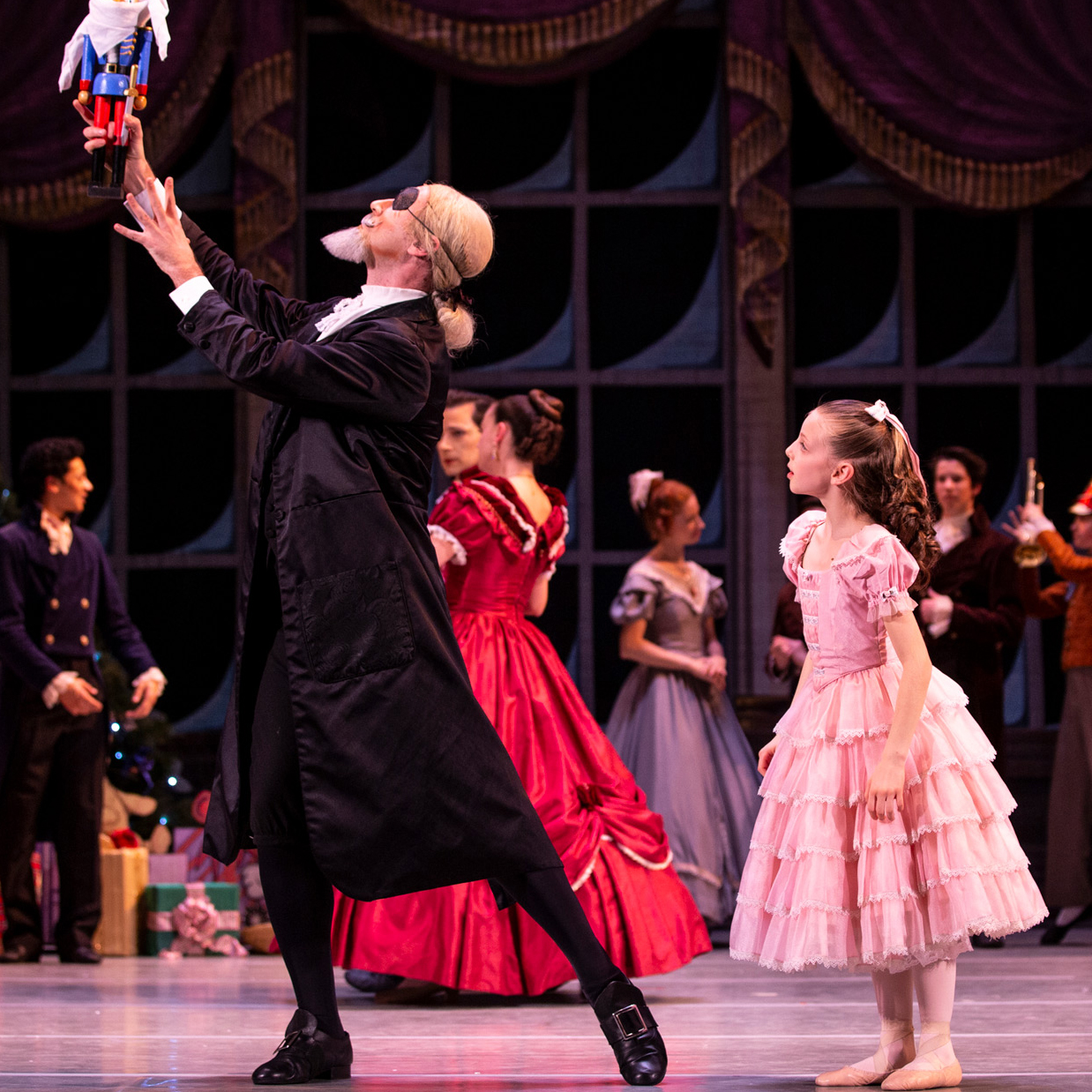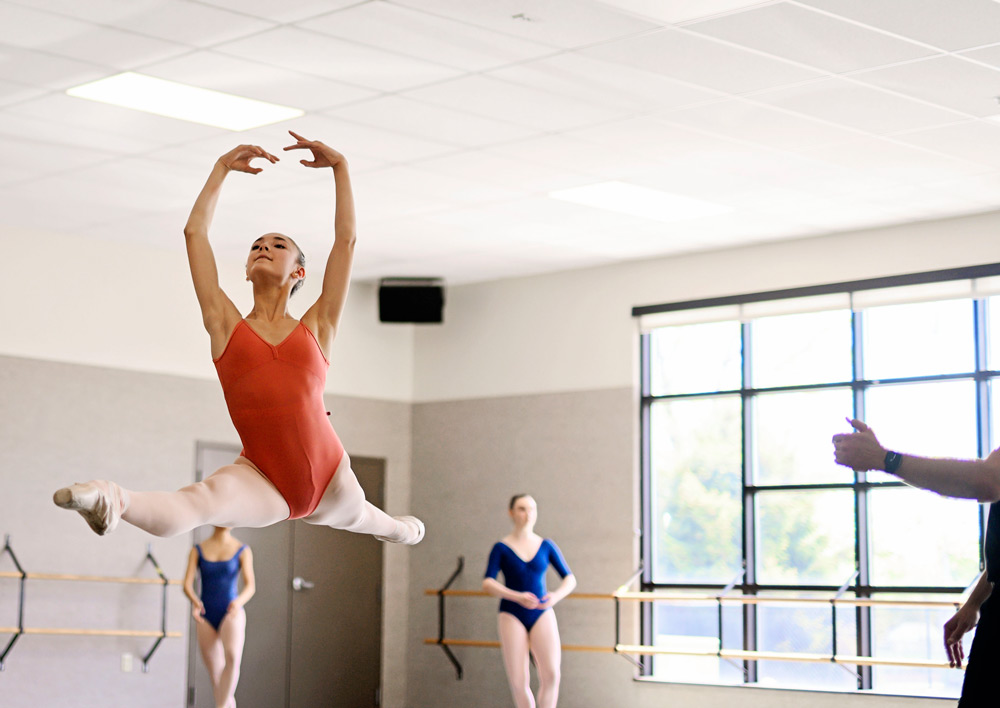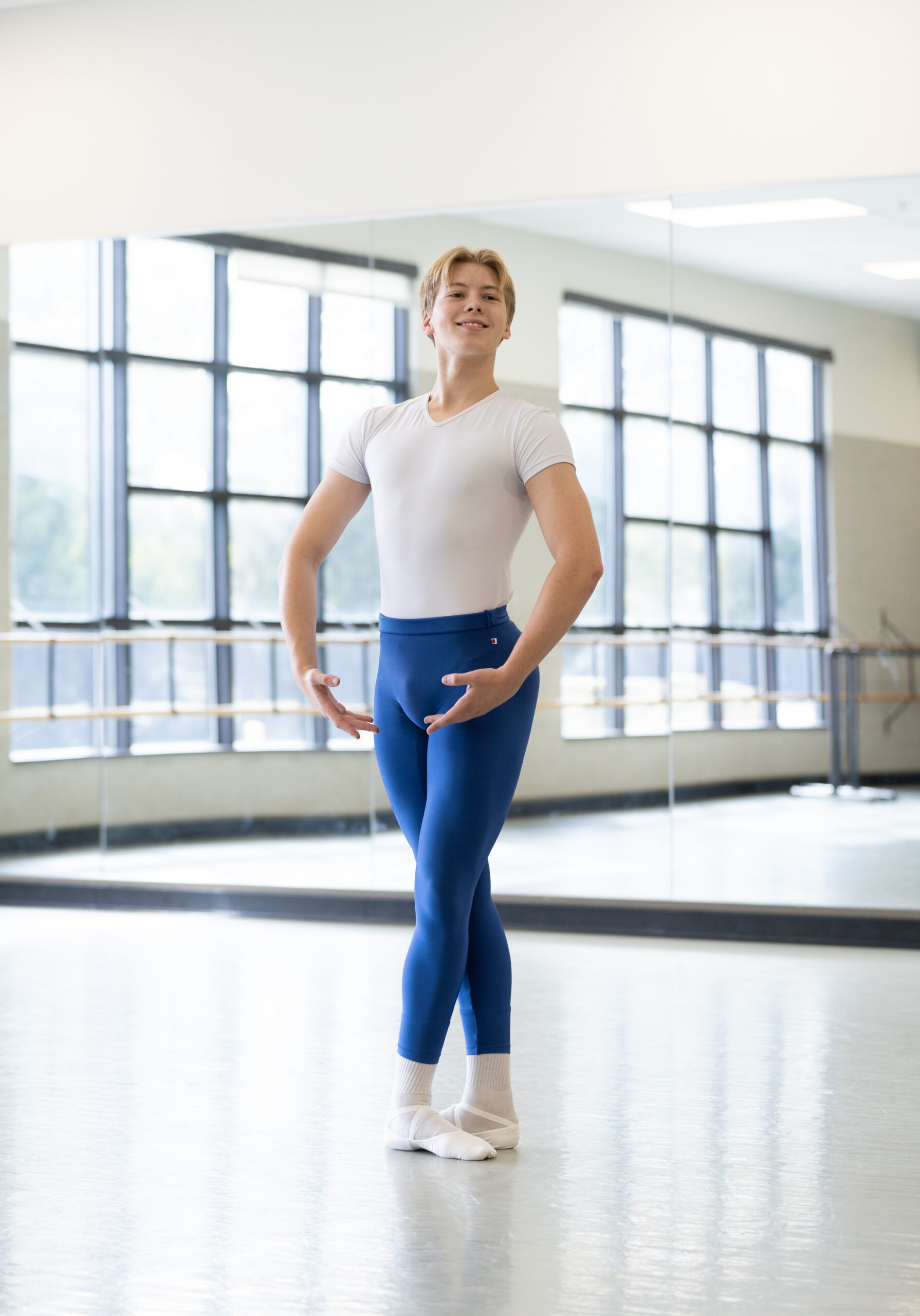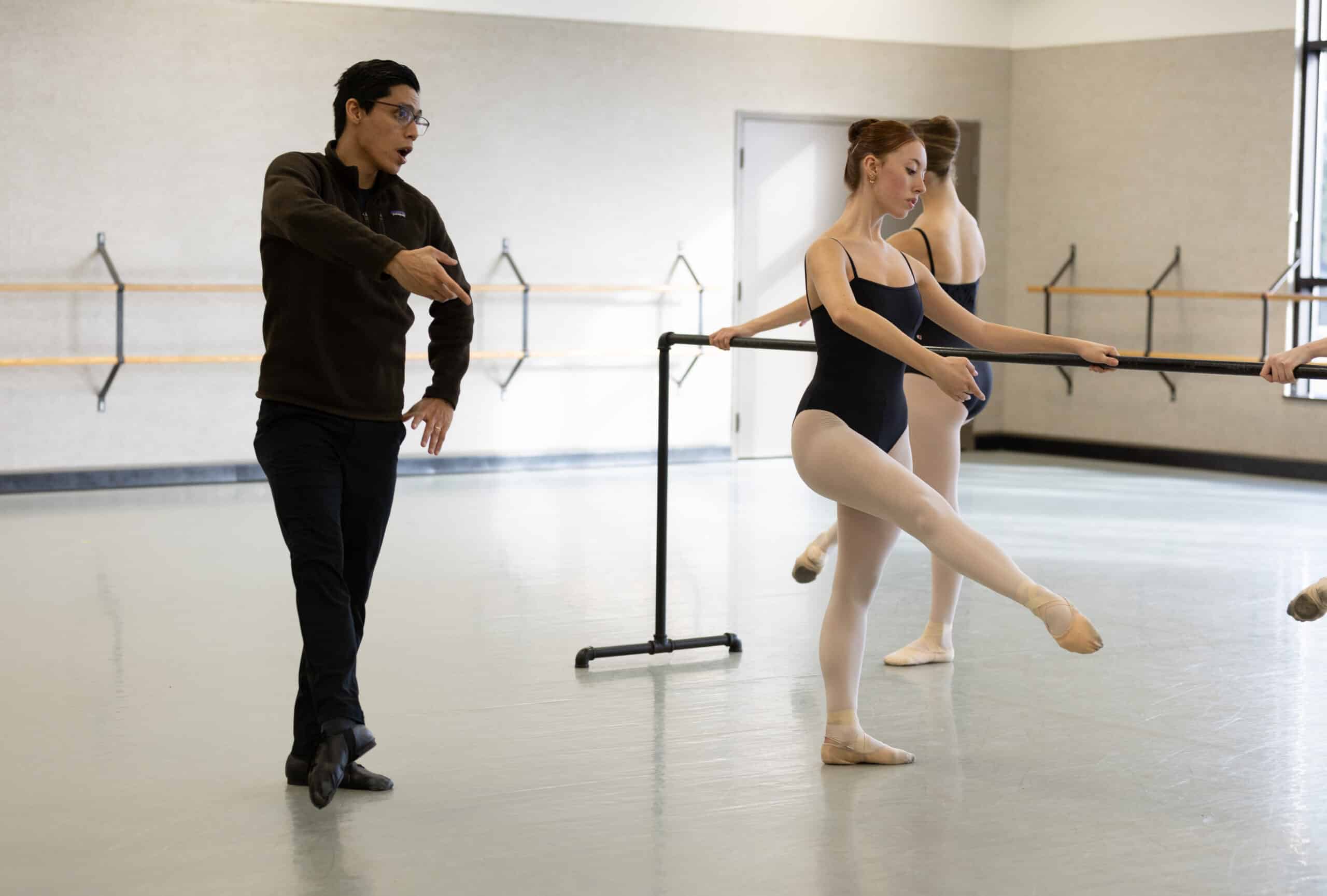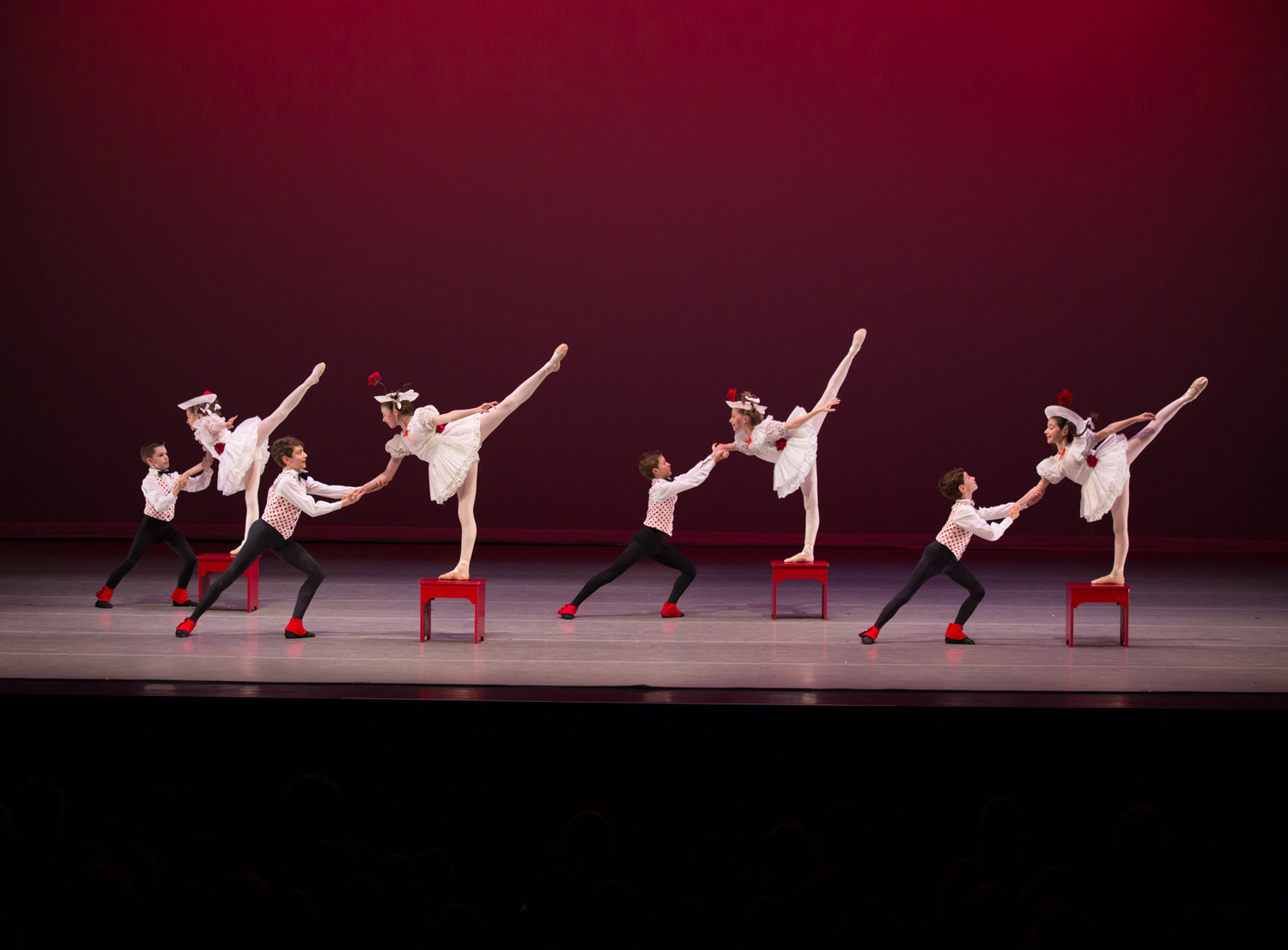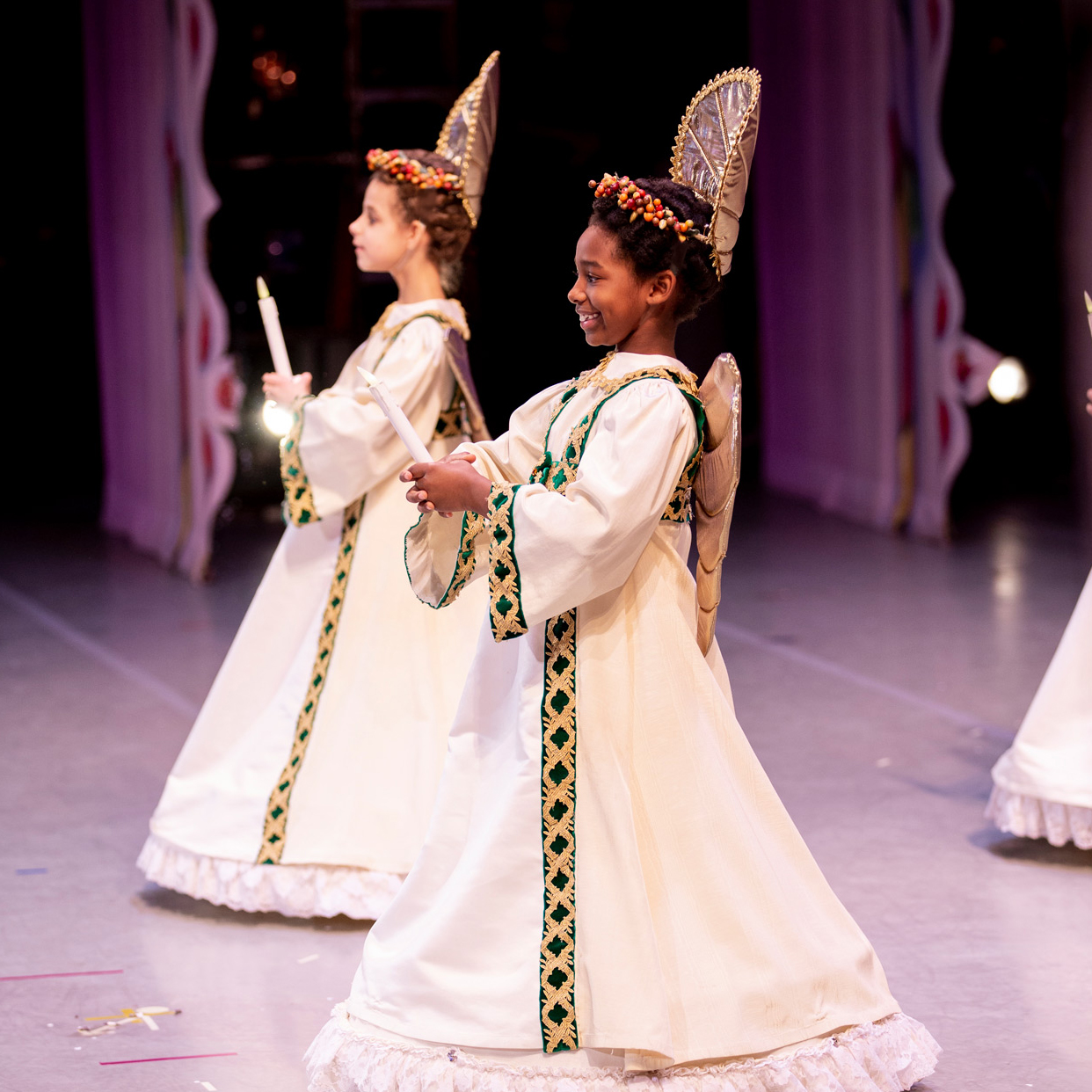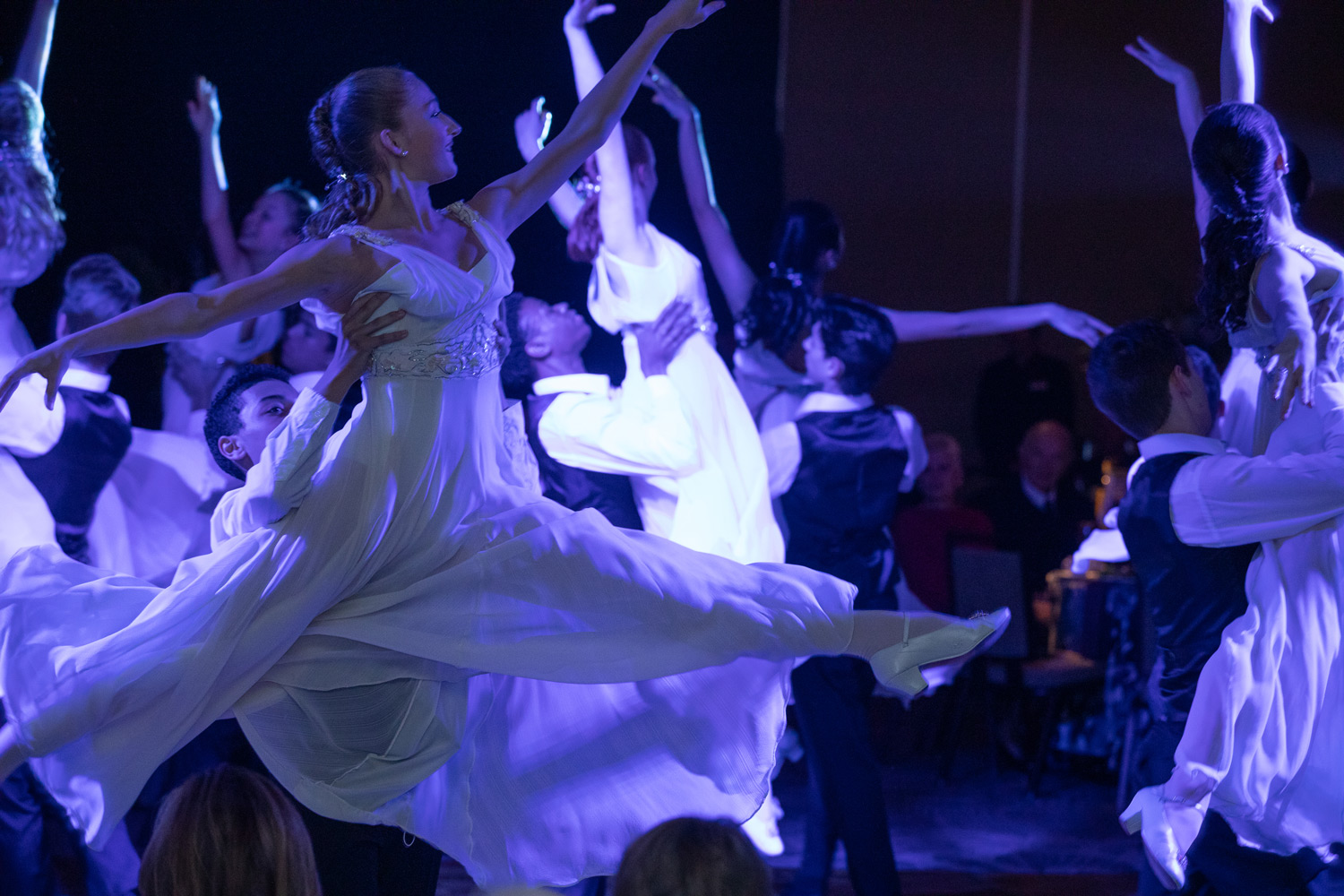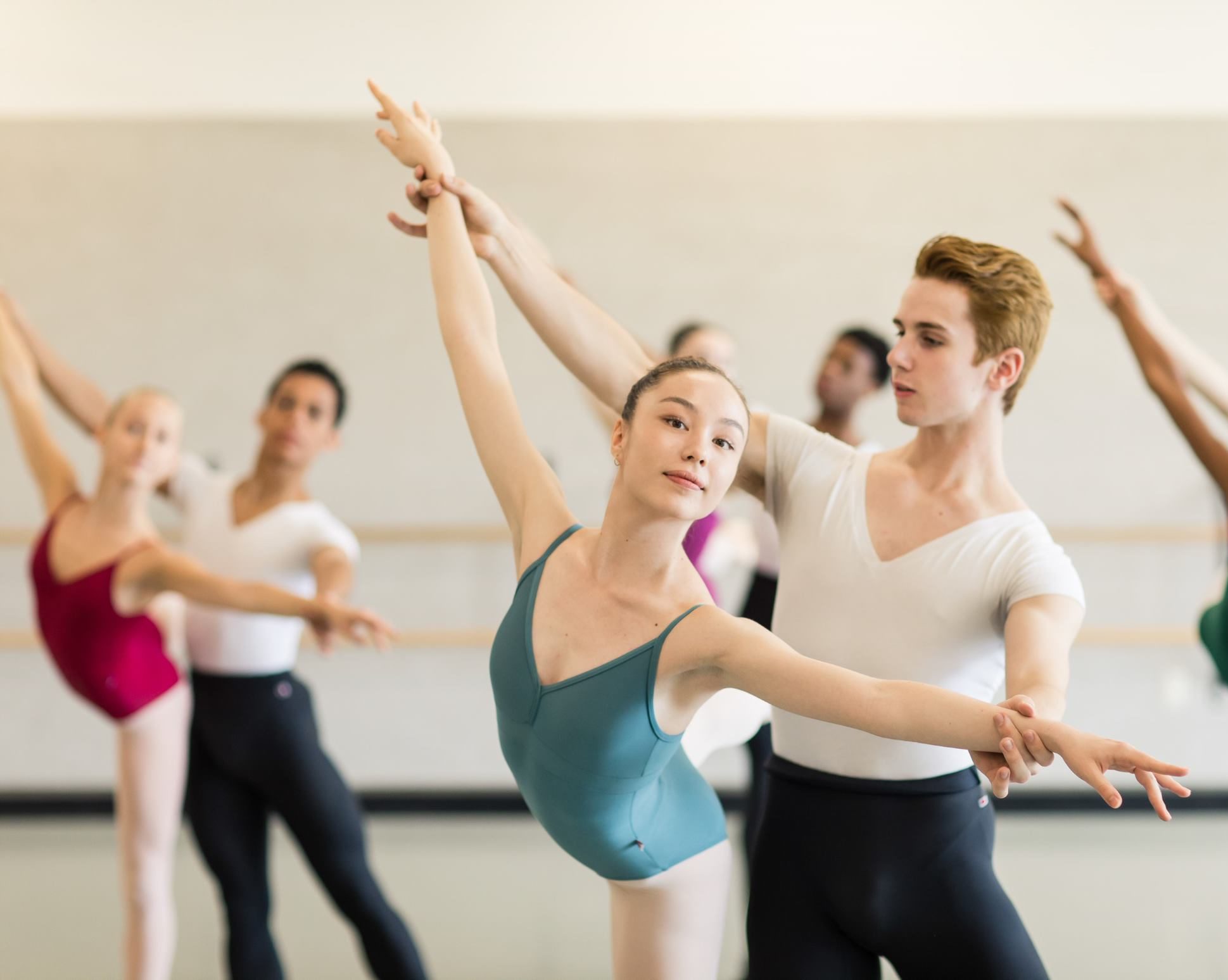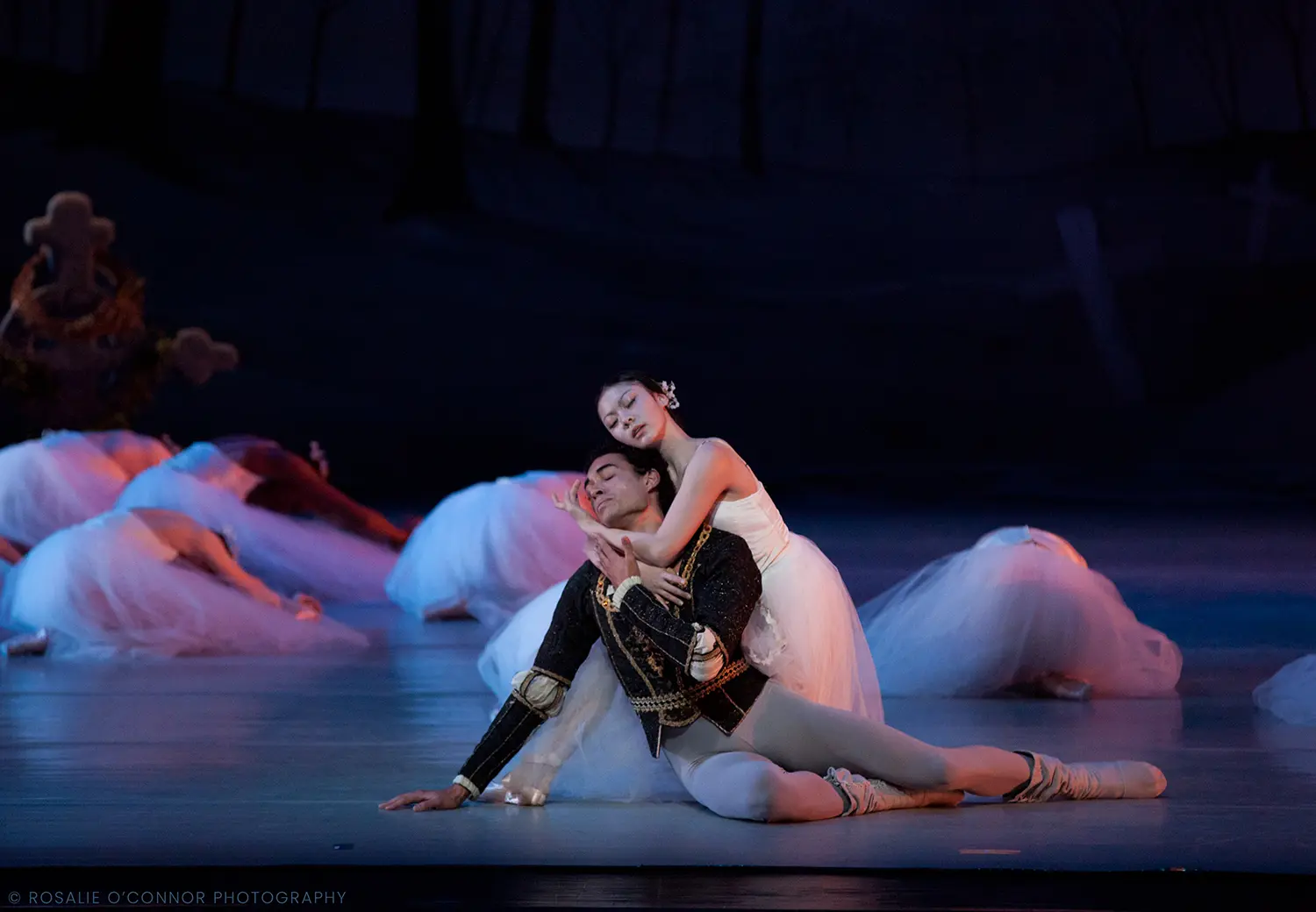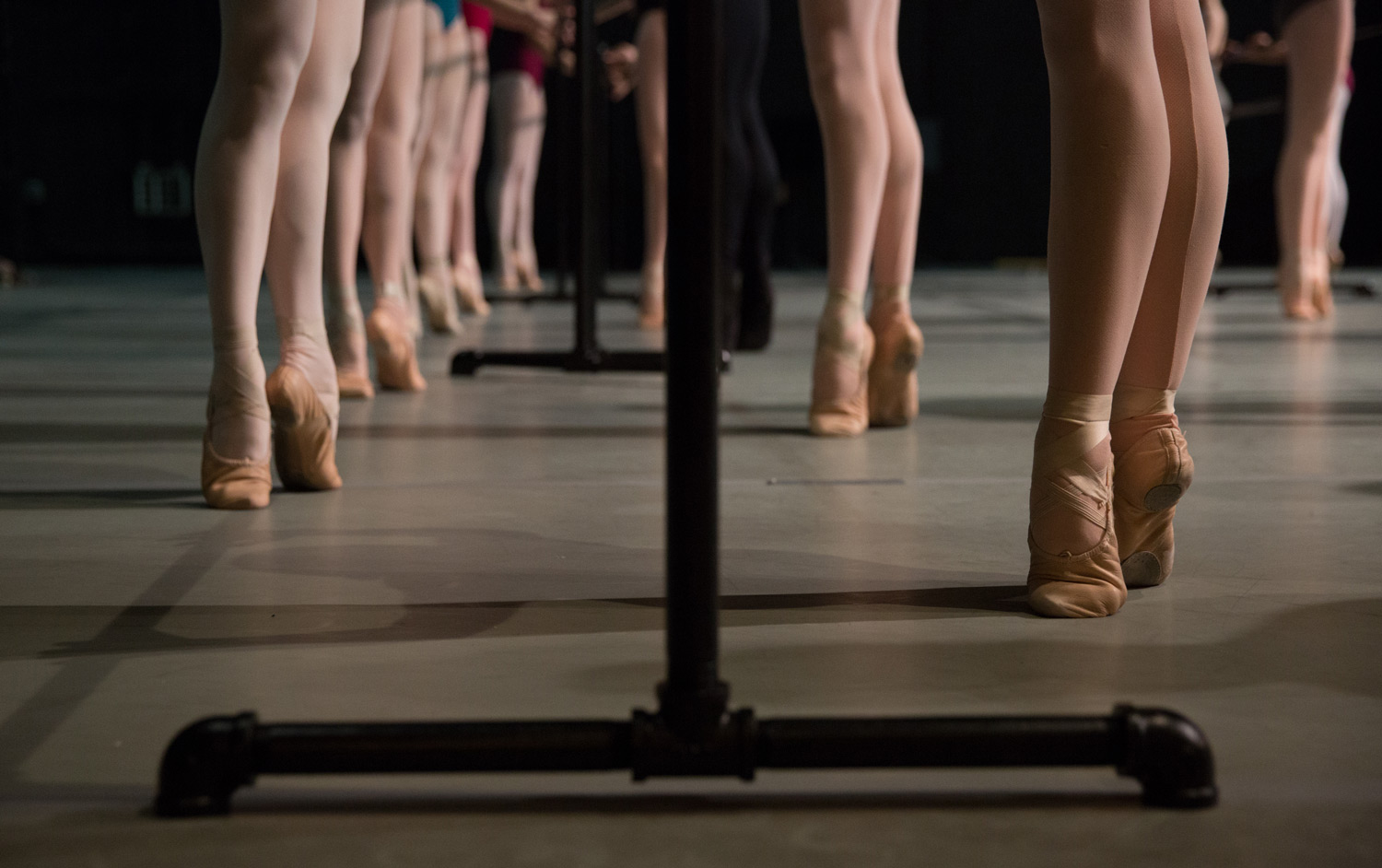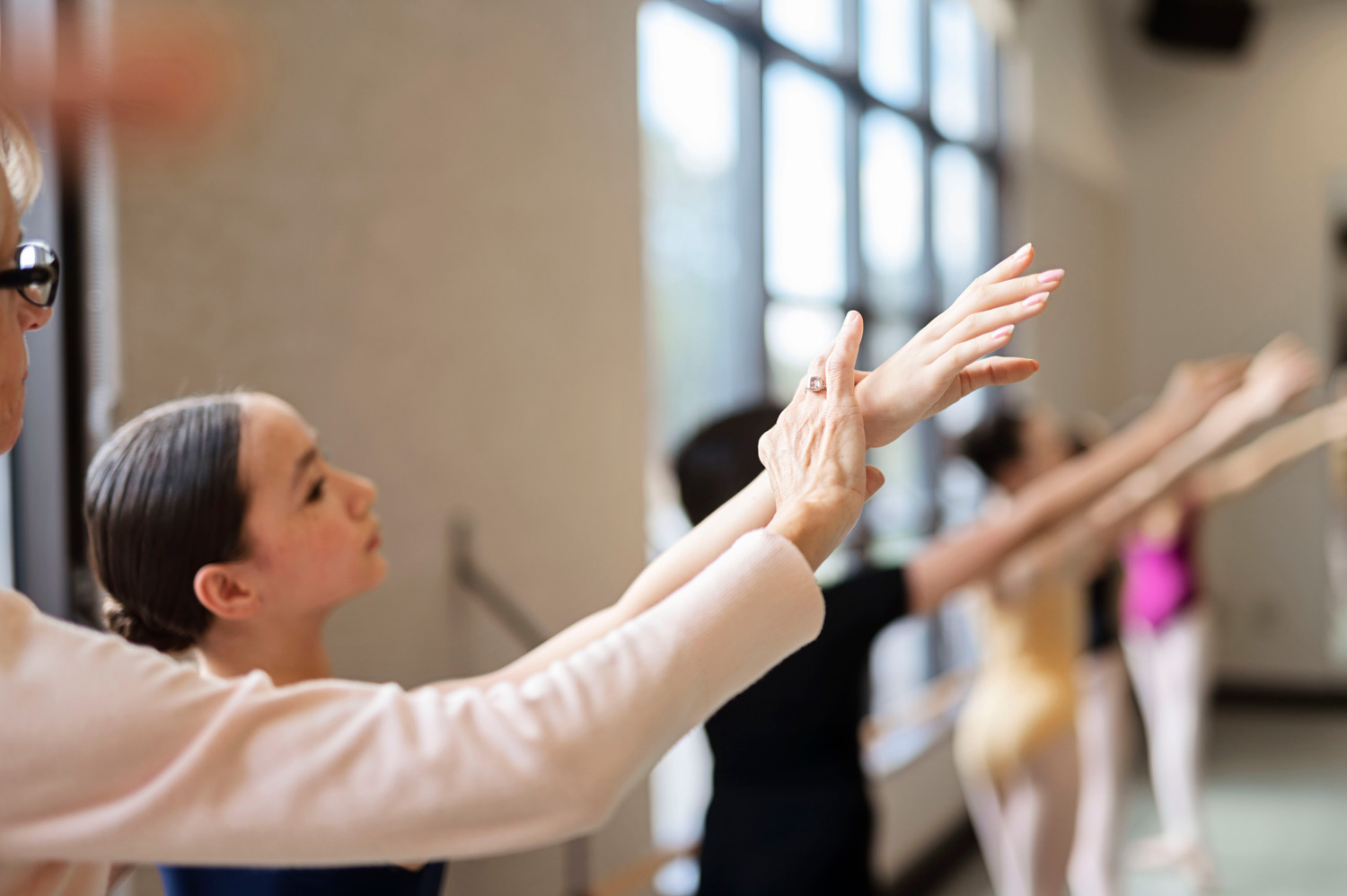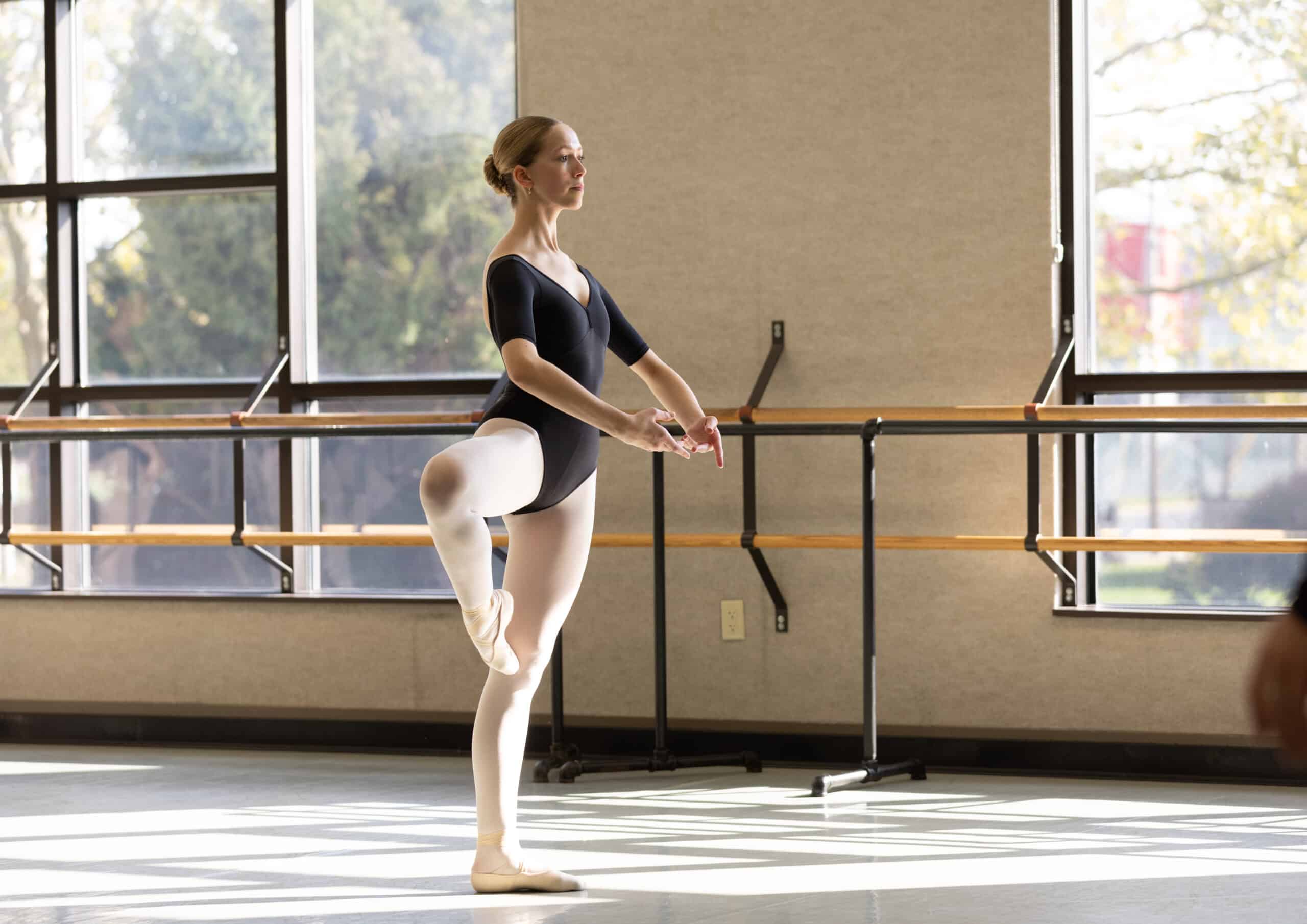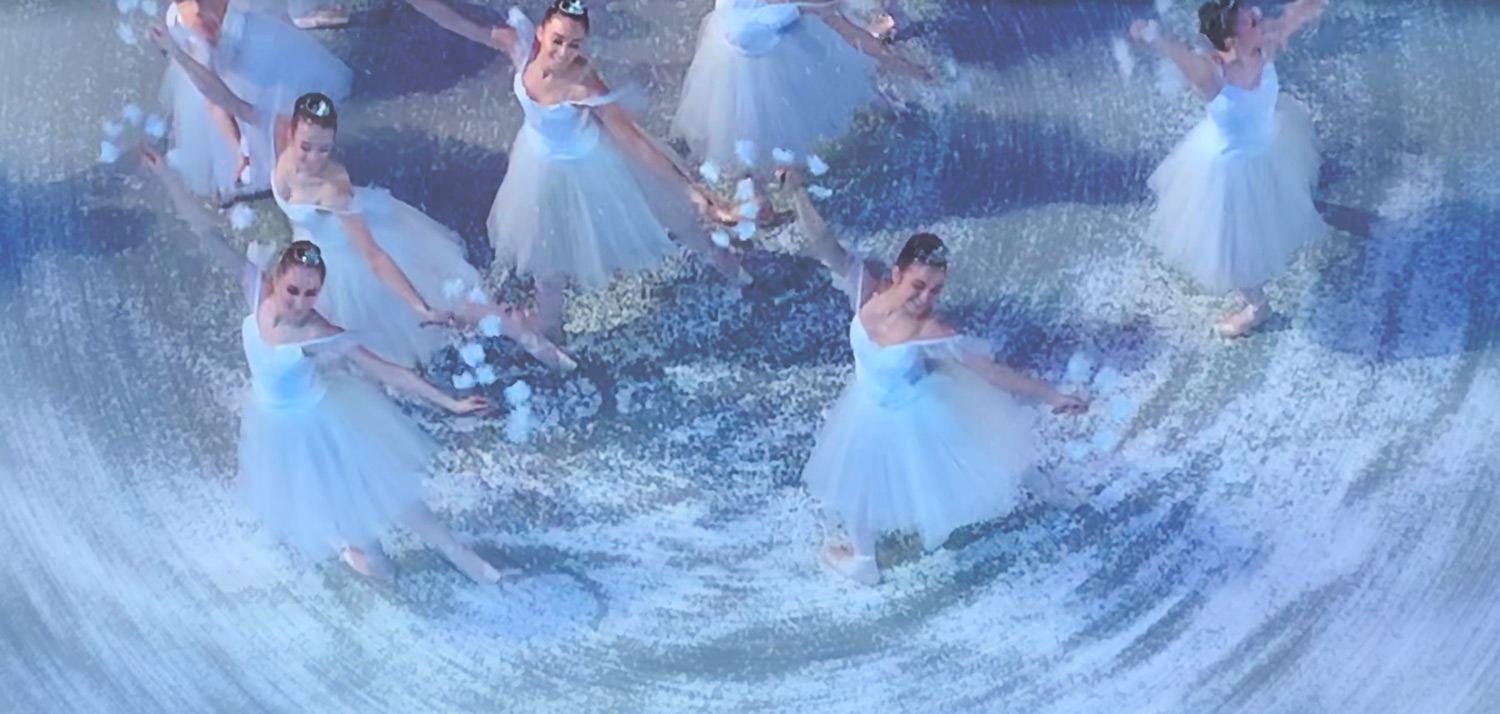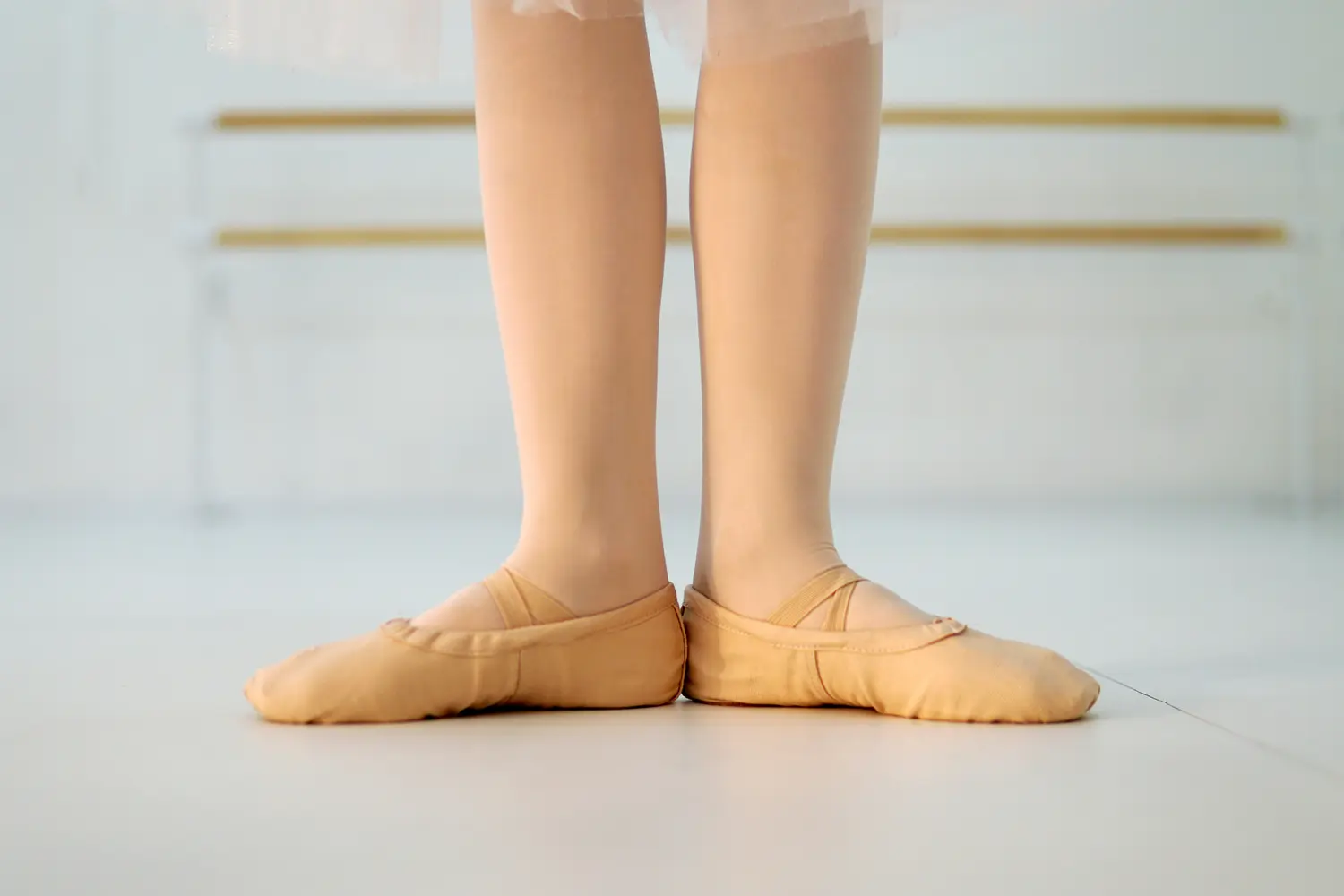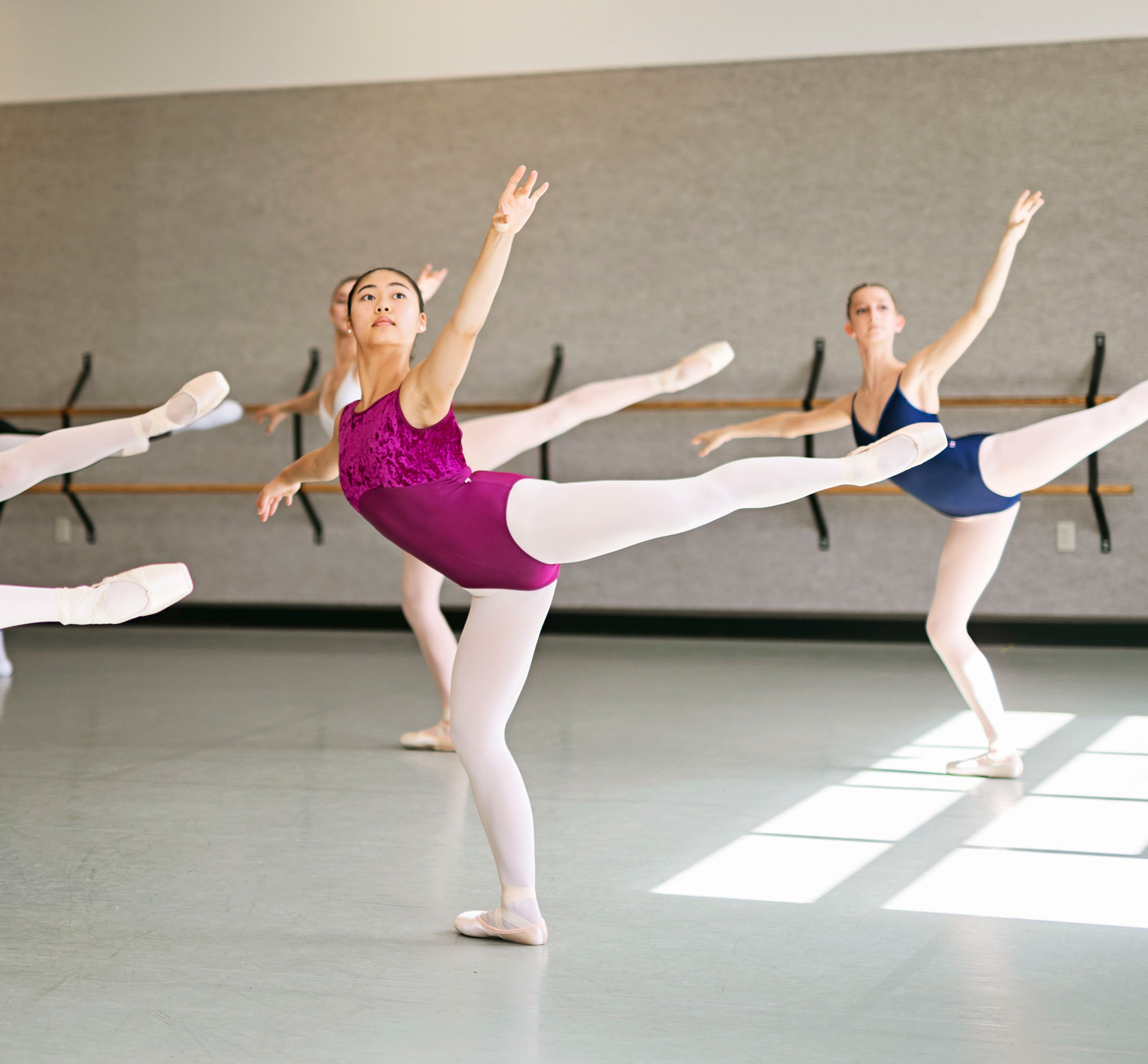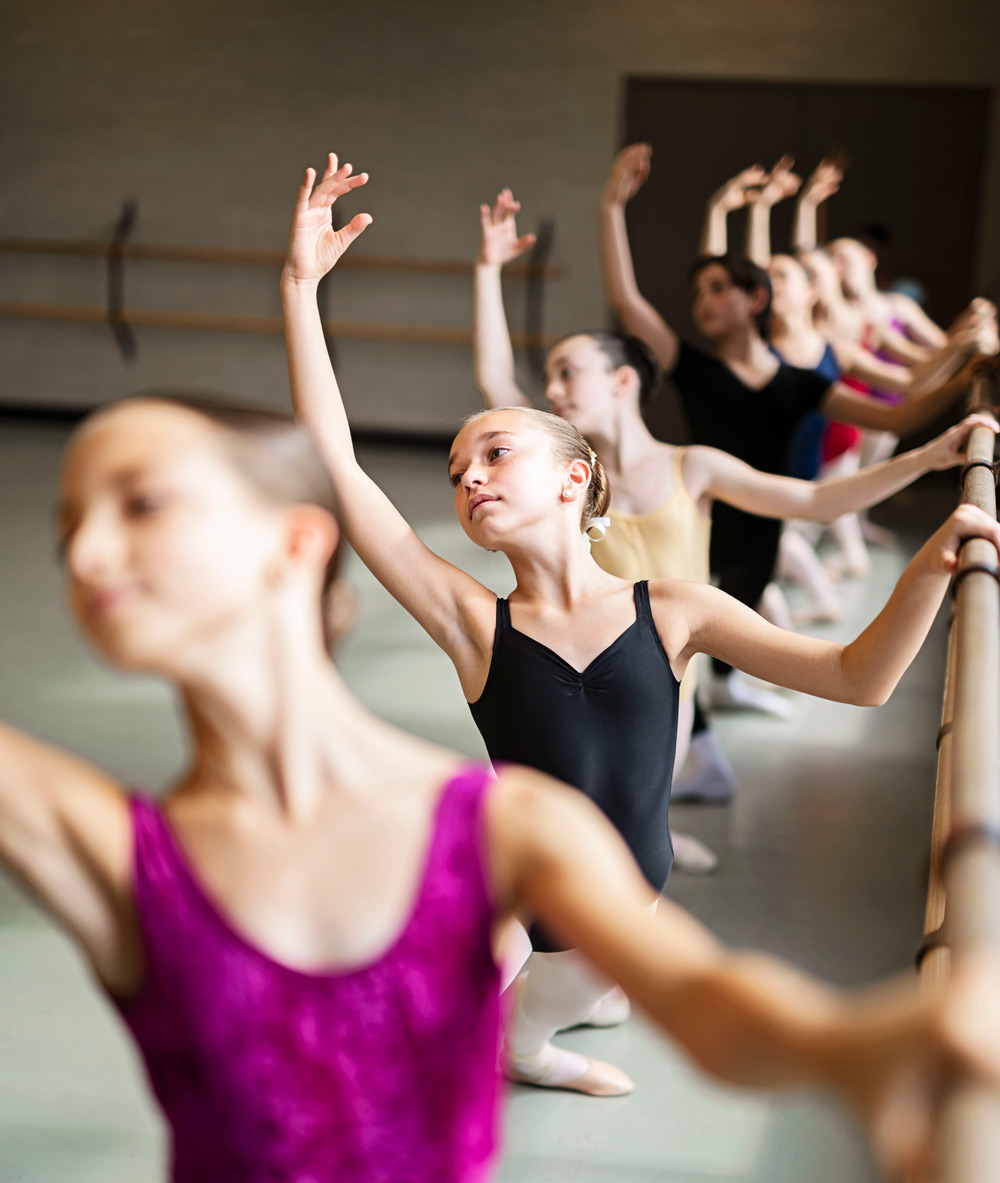Signing up for ballet classes means part of your goal is to make your body move powerfully and gracefully. However, it isn’t always that easy. Ballet dancers face a lot of pressure and do a lot of training to achieve that, and there is the risk of falling into bad habits, poorly reflecting in their performances and health.
So, if you are a ballet dancer or want to become one, here are some poor ballet dance techniques that you should avoid:
1. Dancing with Bad Alignment
When you arch your back or hunch your shoulders, it makes a ripple effect on all parts of your body. When you tip your pelvis back or tuck it in, you can limit the motion range of your hips, which is a major mistake when you’re doing ballet. Instead, strive to stand with your tailbone aimed directly downward with your navel muscles lifted and your neck straight.
2. Pinching Your Shoulder Blades
Ballet dancers are trained to maintain an open chest. However, it’s not wise to try to achieve this posture by pinching your shoulder blades together, which only strains and immobilizes your back muscles. What you should do instead is stretch the tips of your shoulders to open up your chest without having to tighten your back.
3. Overtightening Your Muscles
When you have stiff muscles, you are more prone to injury and getting off-balance. Think about how you can sustain a sense of motion, including when you’re standing still, so you can remain stable without tensing up your muscles.
4. Rolling In
Many dancers let their arches roll forward while standing in first position. However, that isn’t good for your body since it strains the tendons of your feet and can lead to injury. Be careful about correcting this mistake by slowly opening your hips to transfer your weight properly through your body, down your legs, and into your feet. Avoid trying to lift your arches, which can lead to ankle tendonitis.
5. Ignoring Hypertension
A slightly hyperextended leg is prized in ballet because it gives the dancer a gorgeous arabesque. However, extreme hyperextension can weaken external rotator muscles, possibly causing sprained ankles and twisted knees. Dancers need to avoid this by lengthening their legs and holding their turnout instead of sinking into their hyperextension.
Register Your Child for Youth Ballet Classes
Ballet dancers are trained to have patience and determination to achieve numerous dance routines, so self-discipline is important to succeed. While poor physical habits may affect your progress as a ballet dancer, the last thing you want to do is have a bad or negative attitude. The best technique to learning ballet is positive thinking, allowing you to be present and stay focused in the moment!
Central Pennsylvania Youth Ballet is known for providing world-class classical ballet training to aspiring ballet dancers. Founded by Marcia Dale Weary in 1955, it aims to inspire, educate, and enrich lives through the training and performance of ballet. Enroll in the best ballet school in Pennsylvania today!
